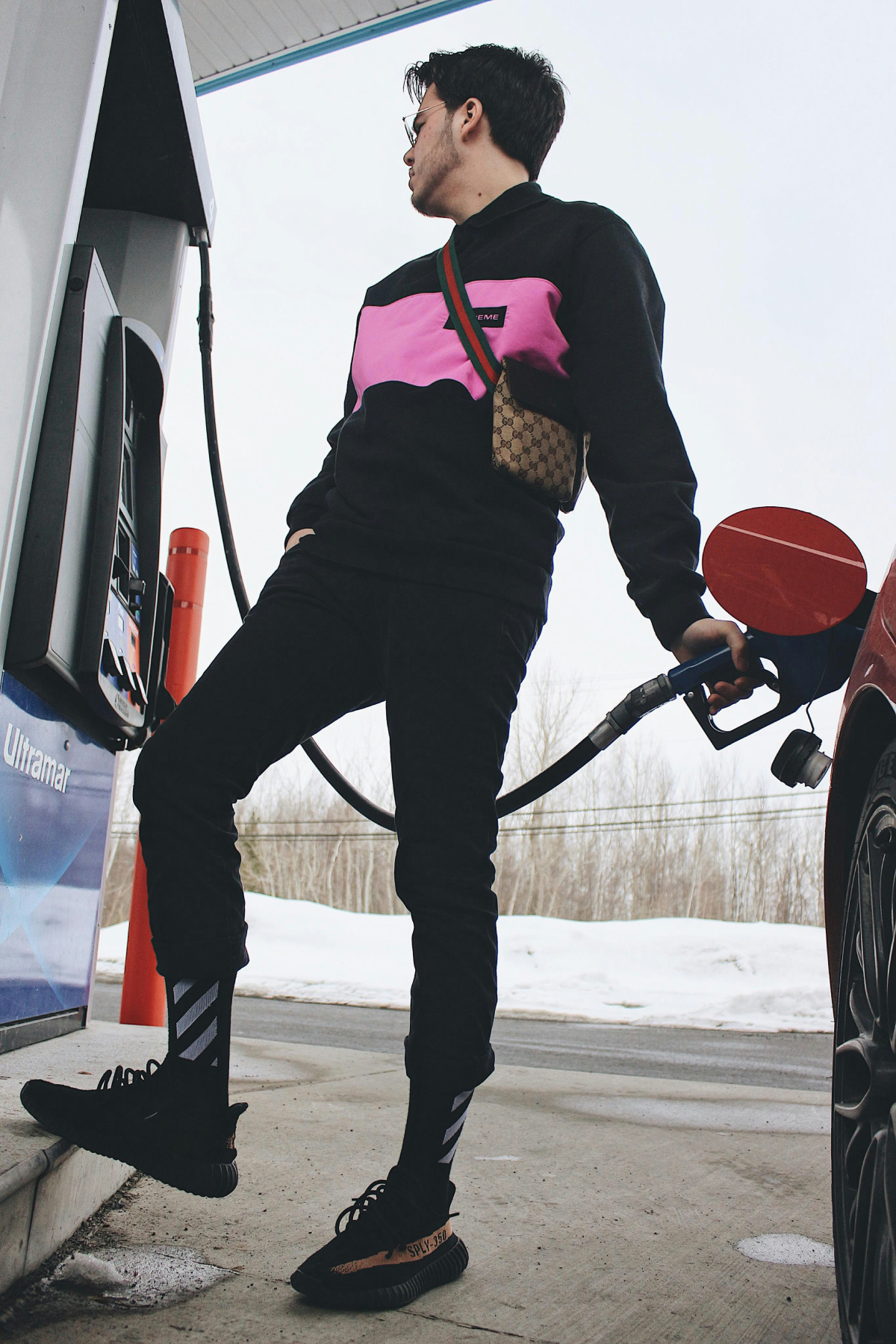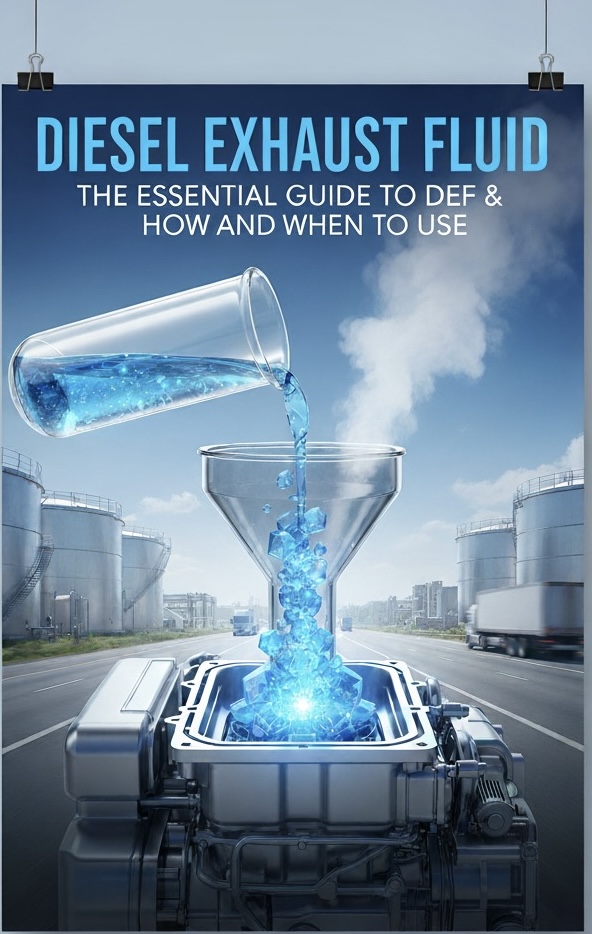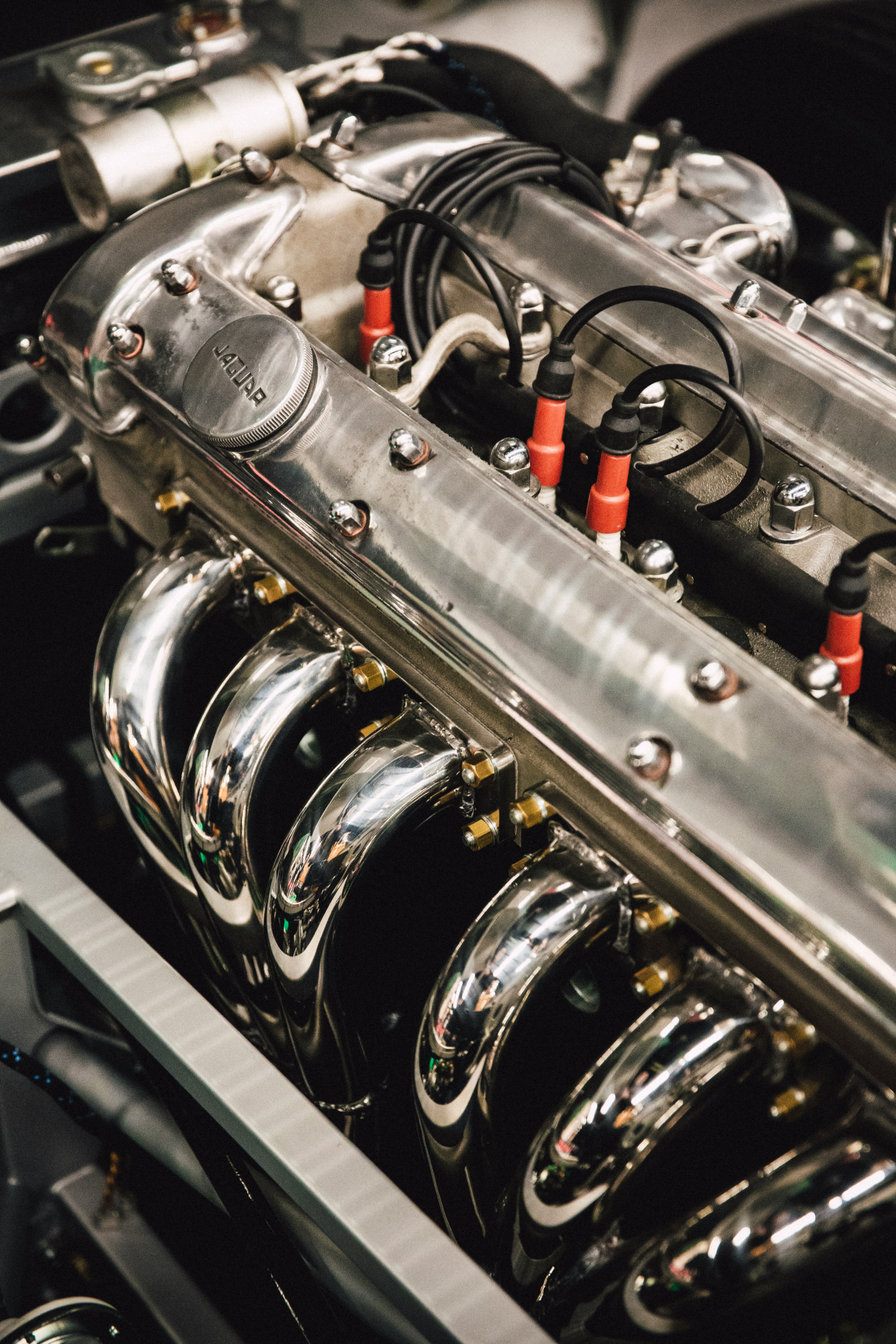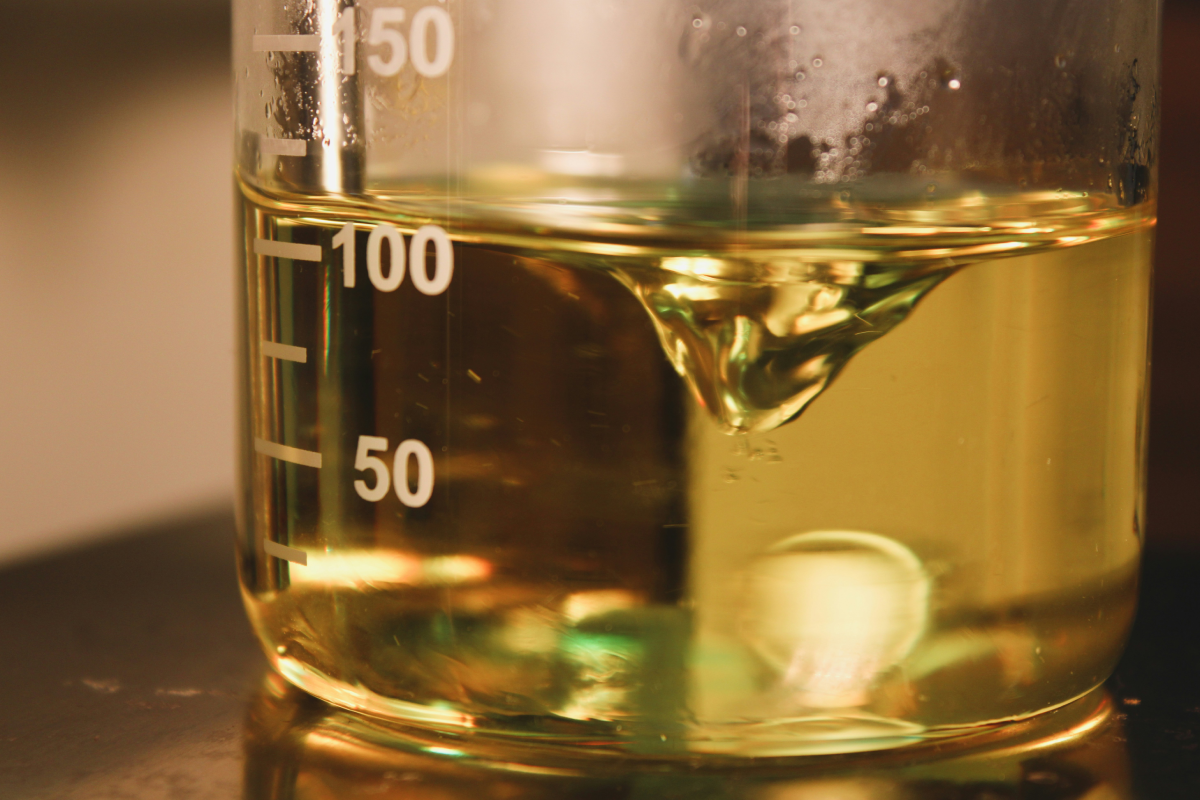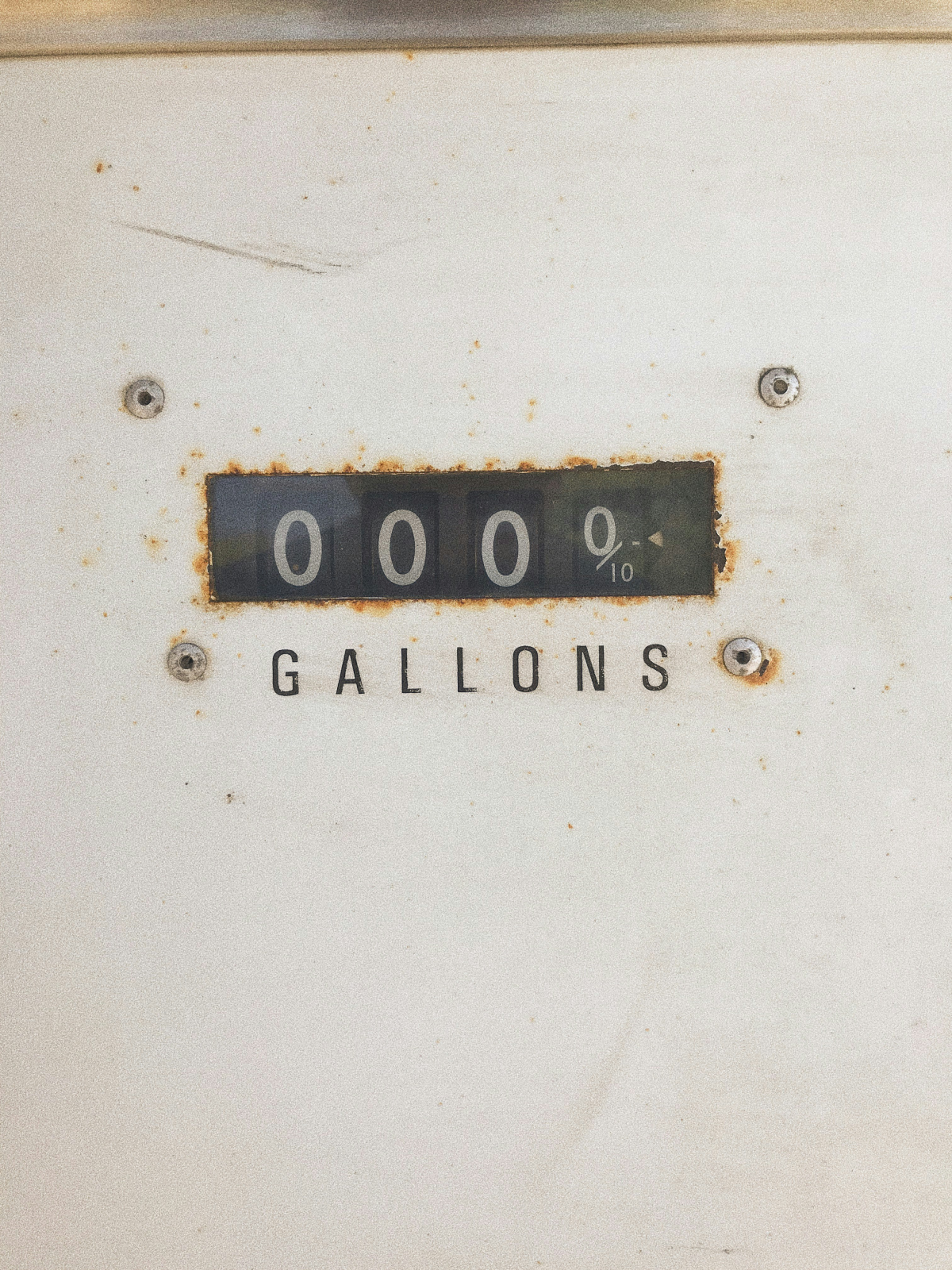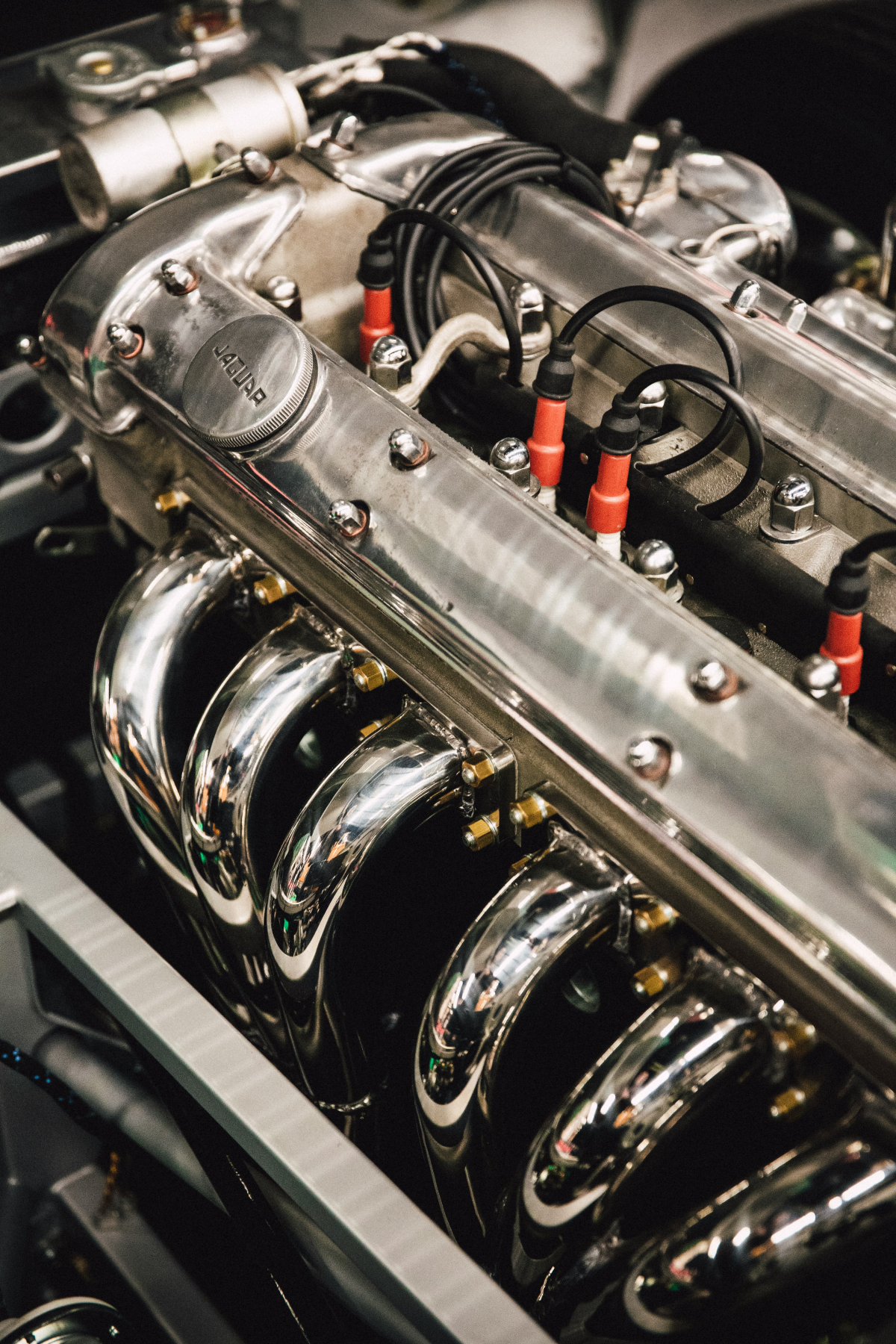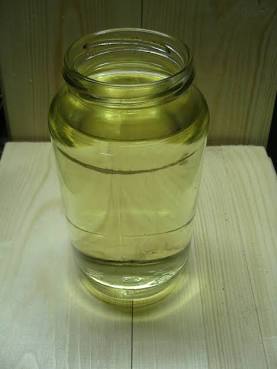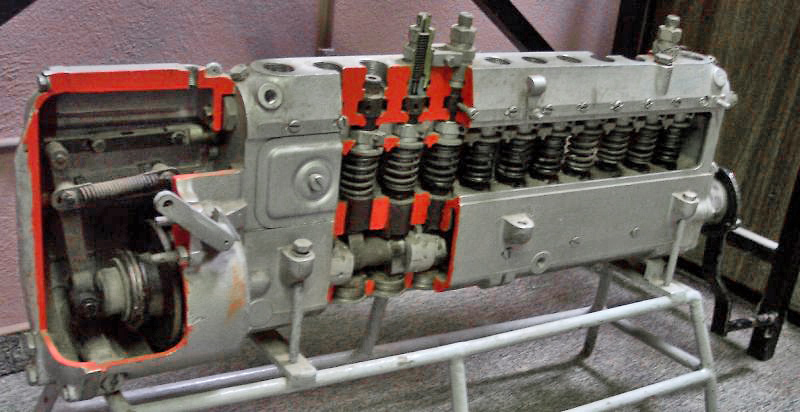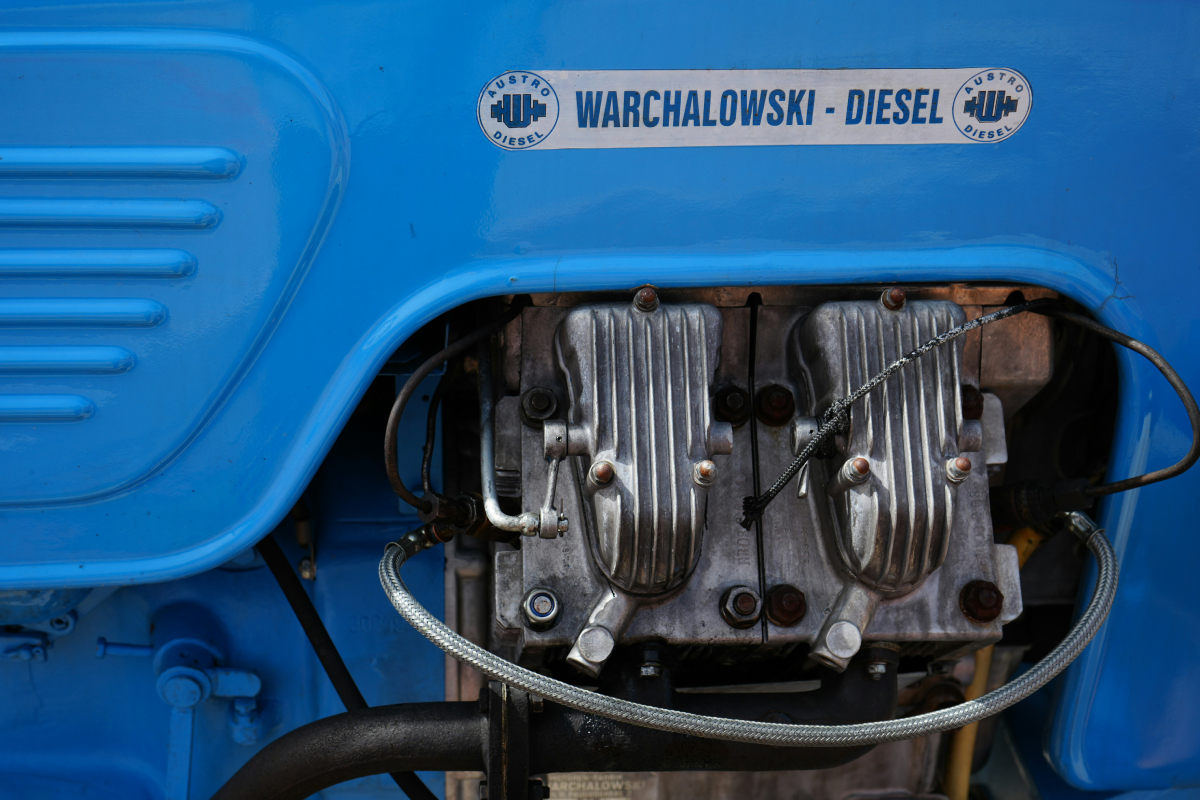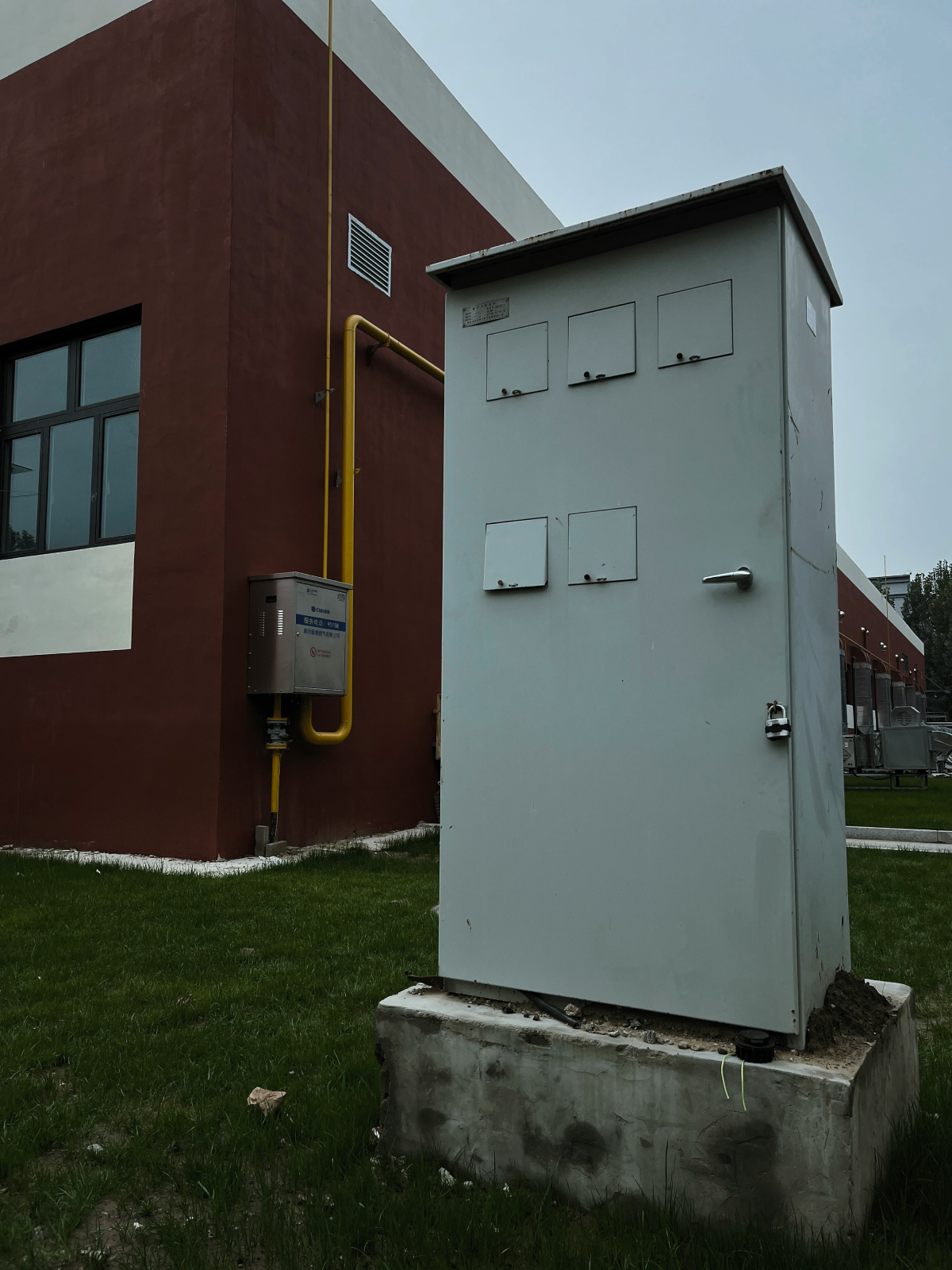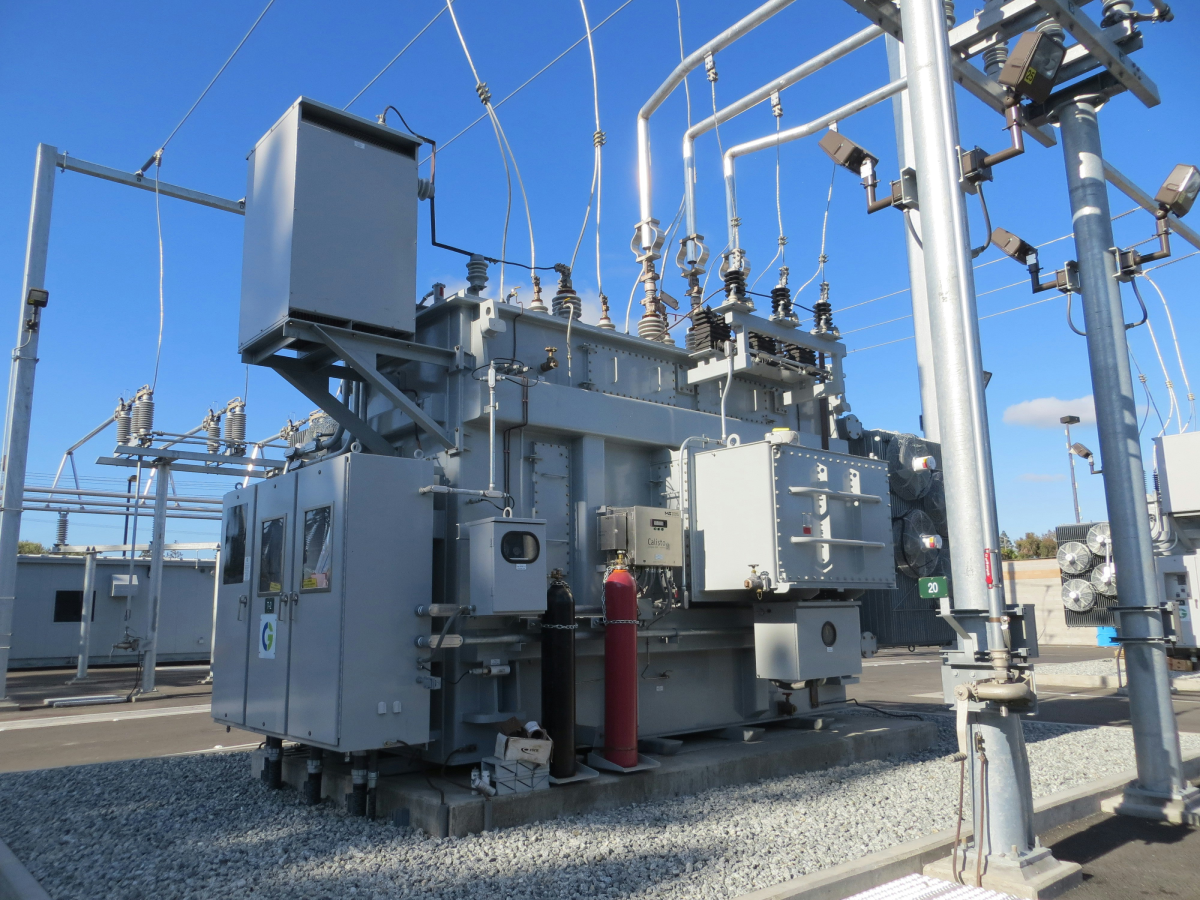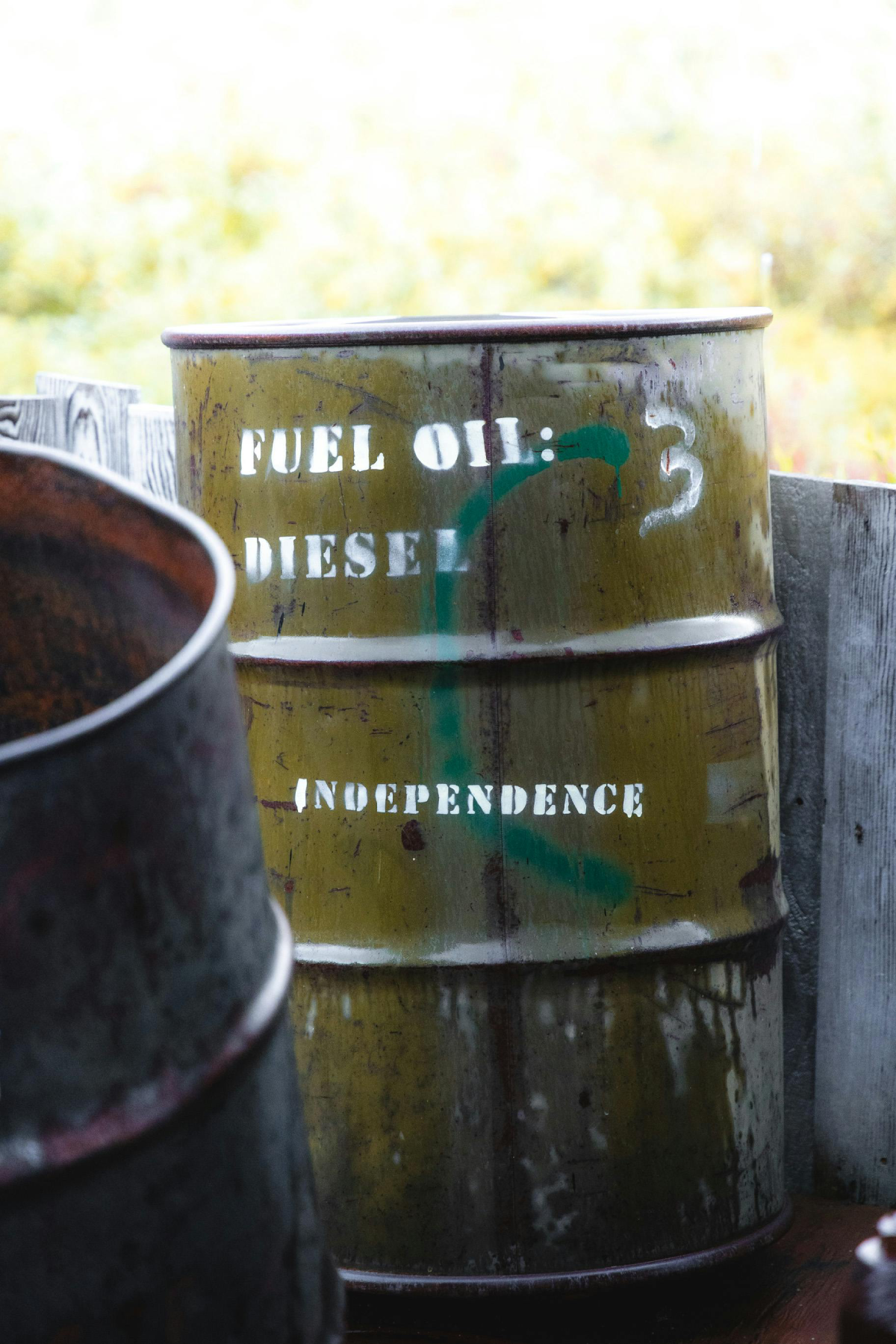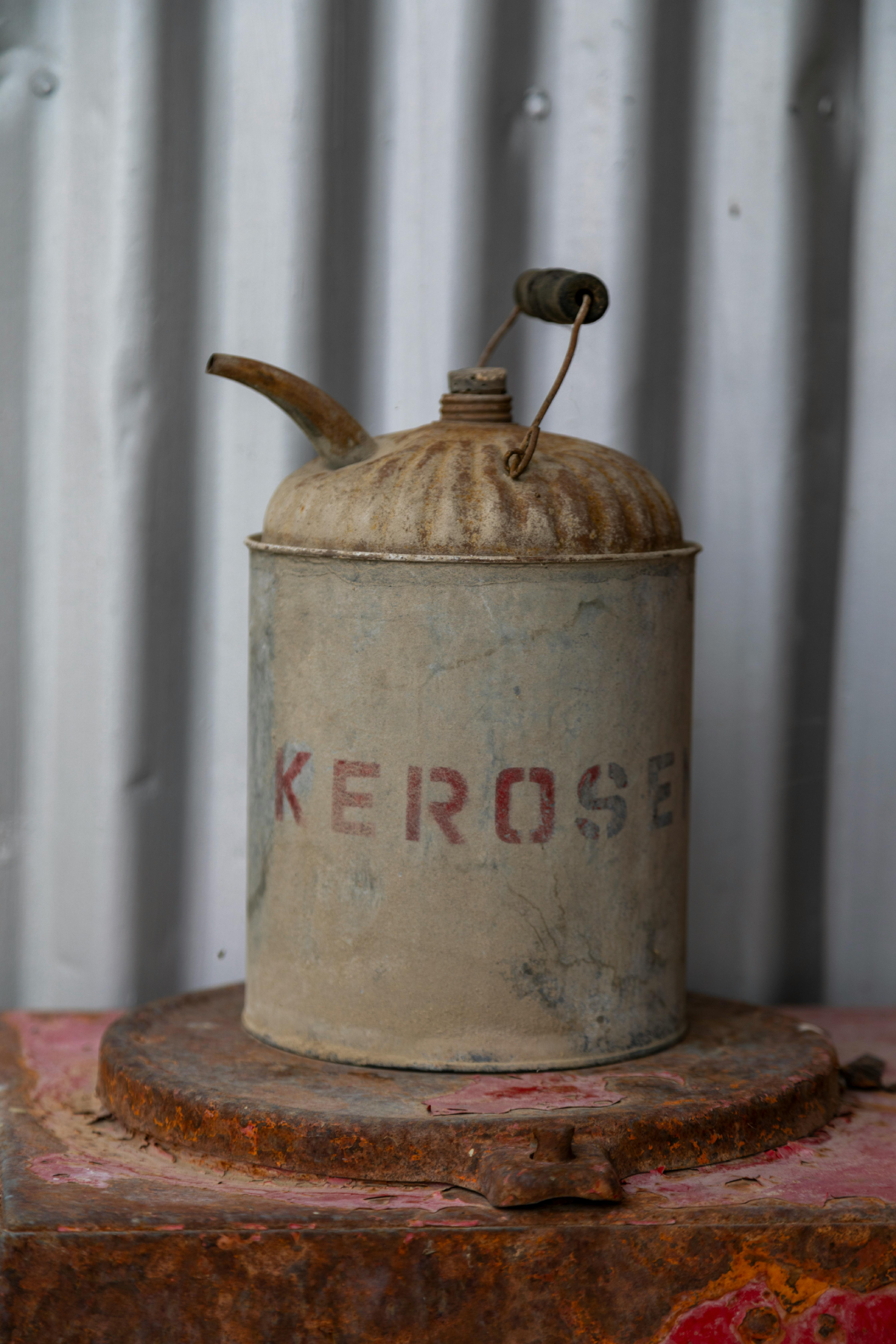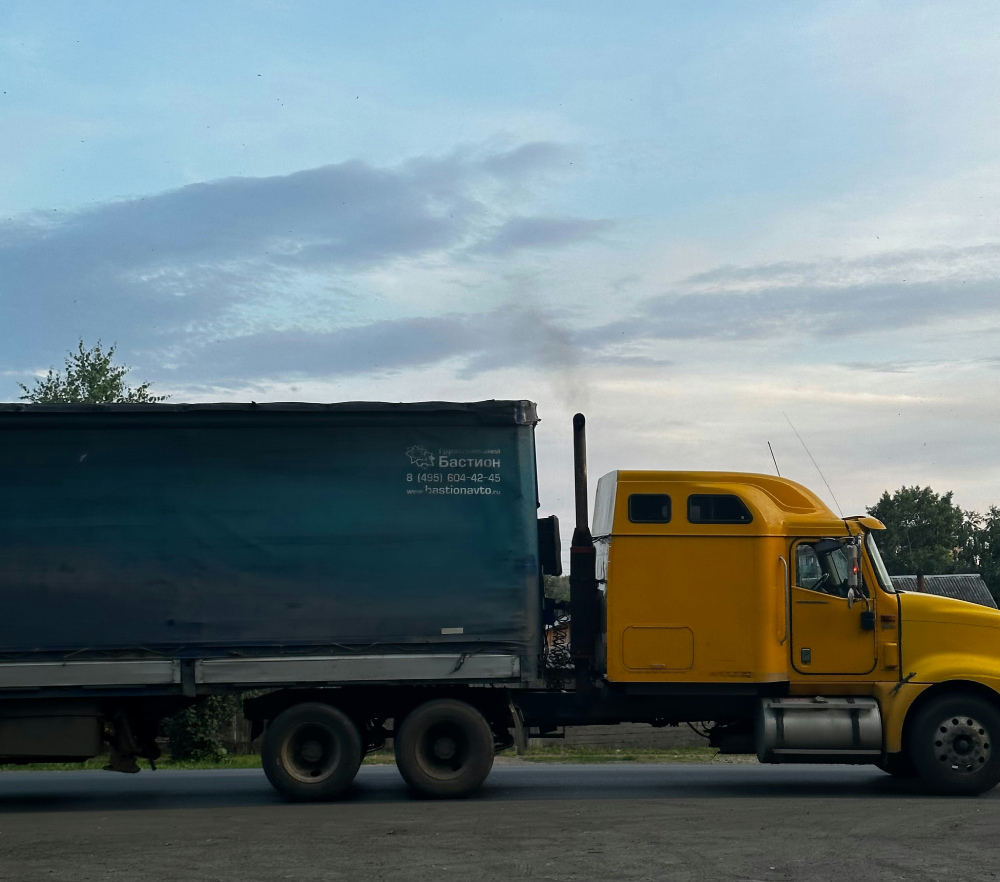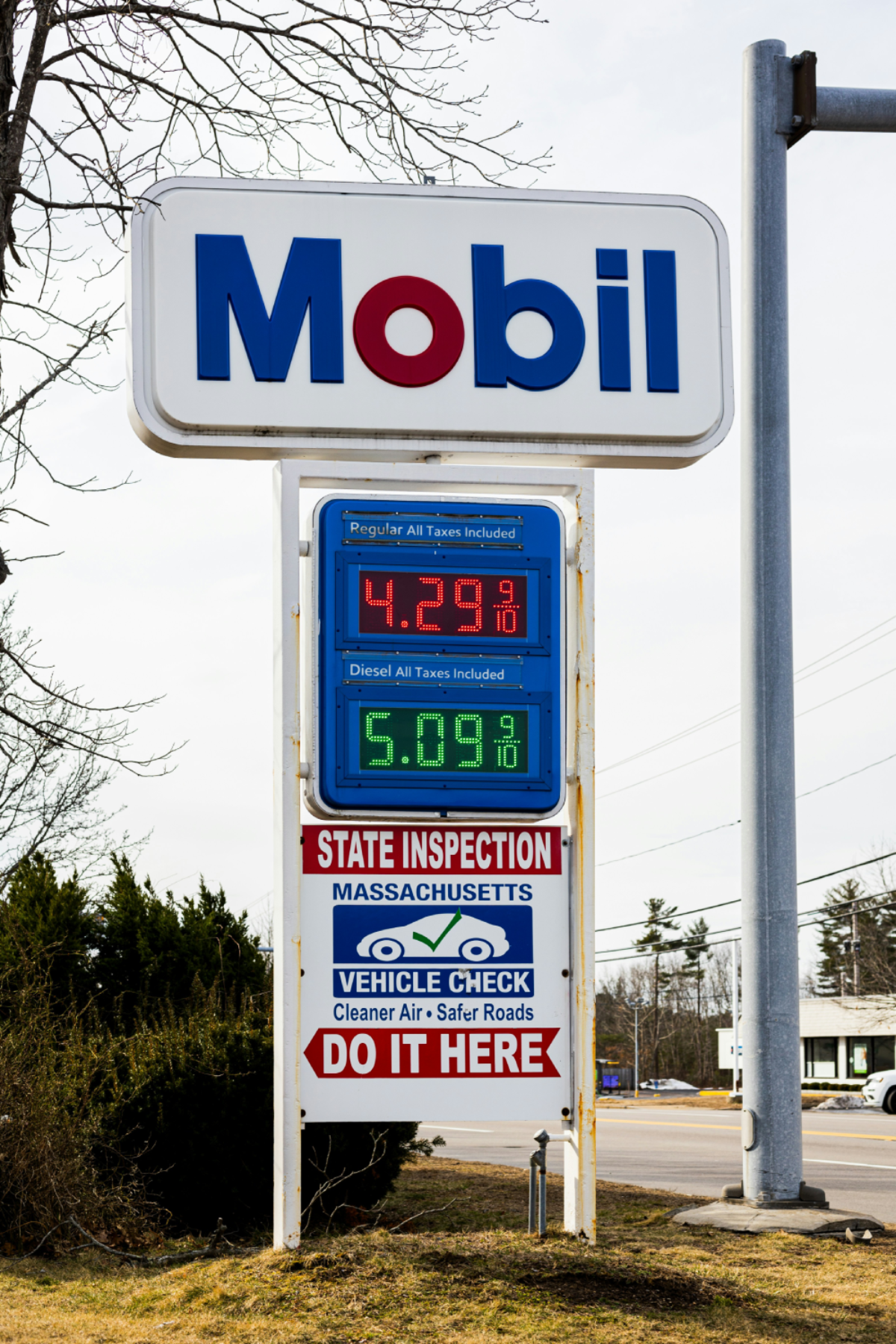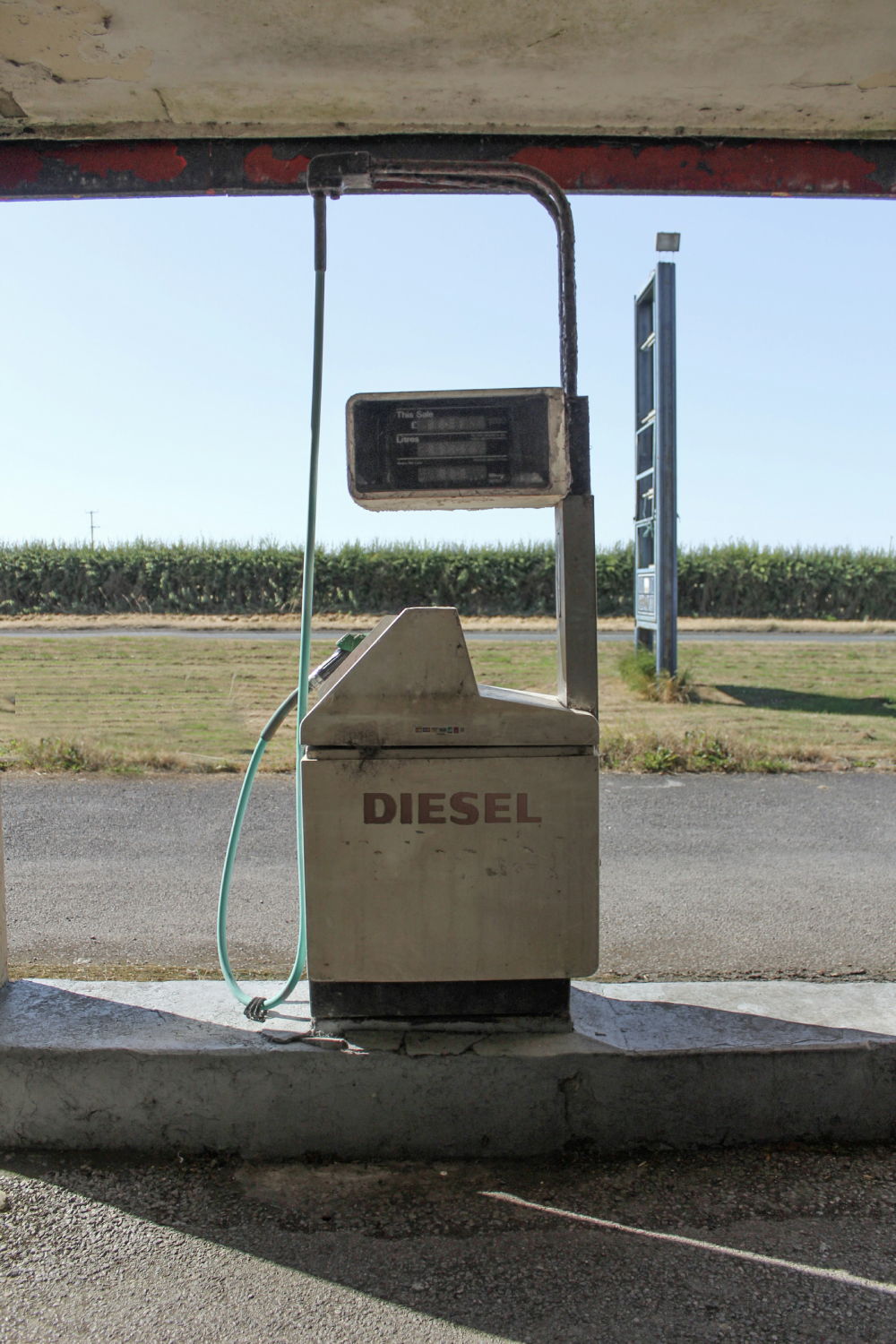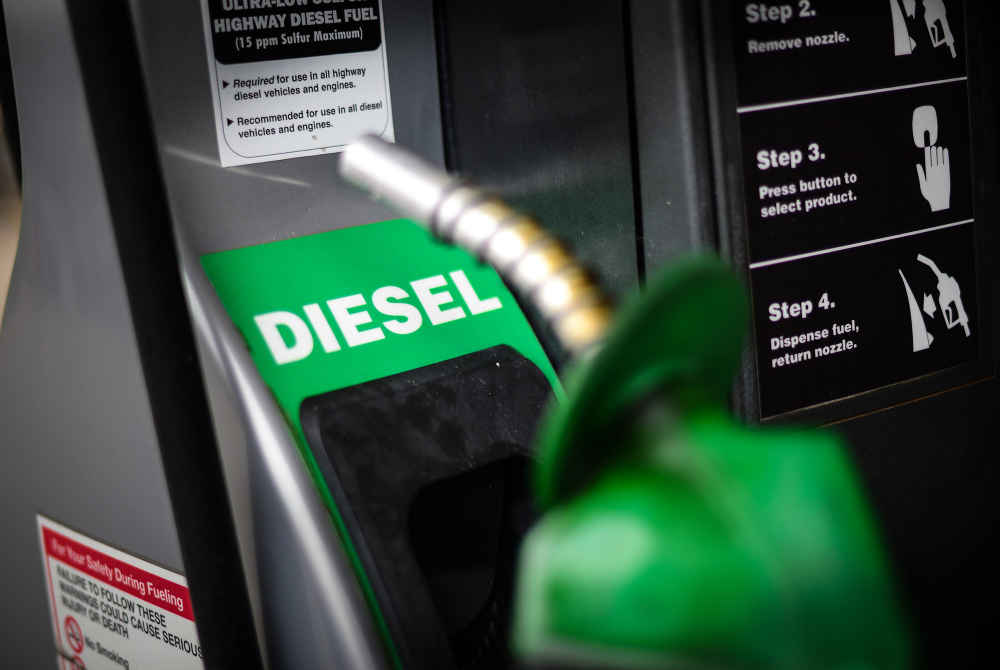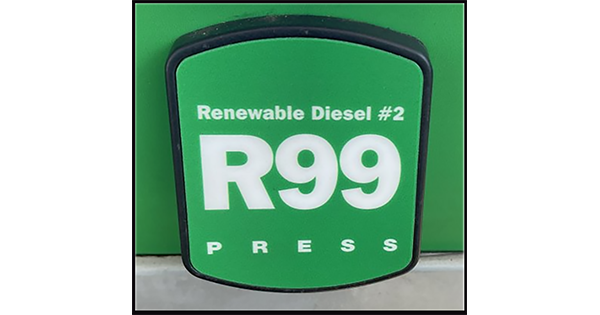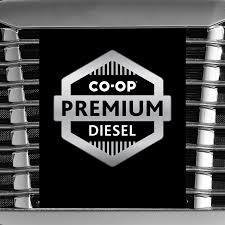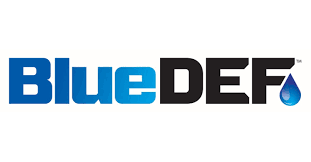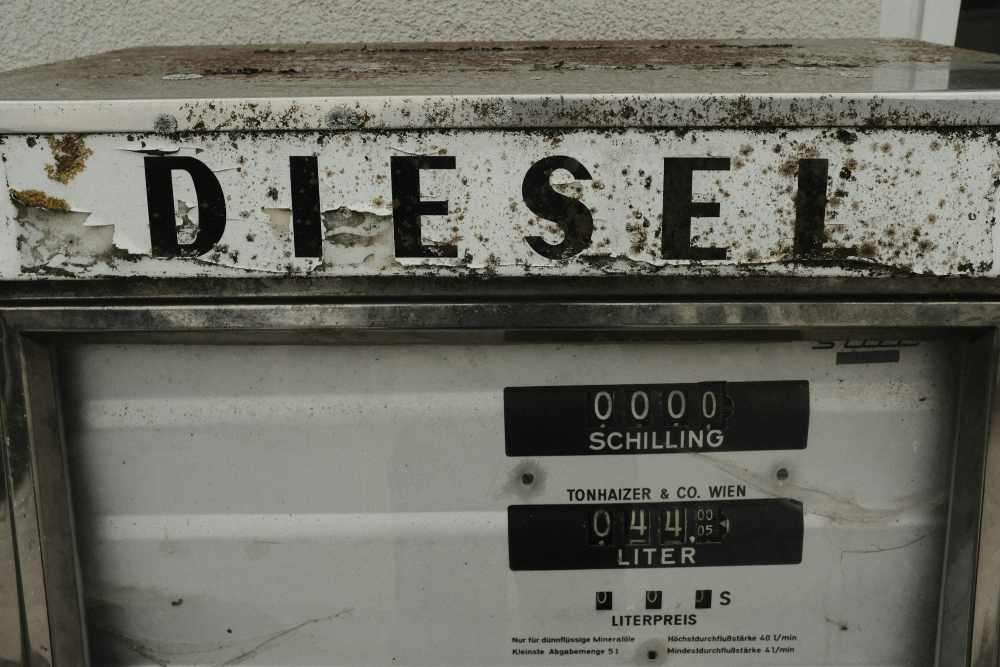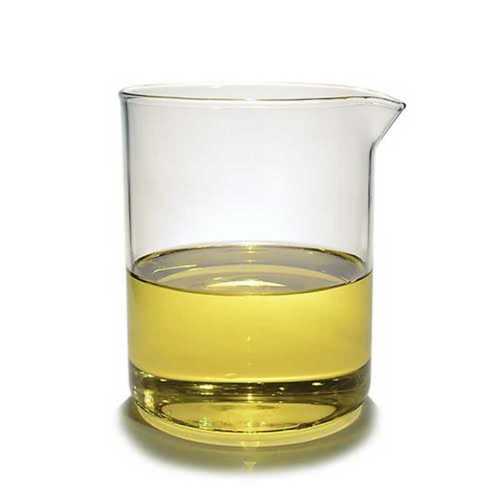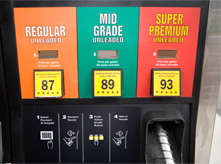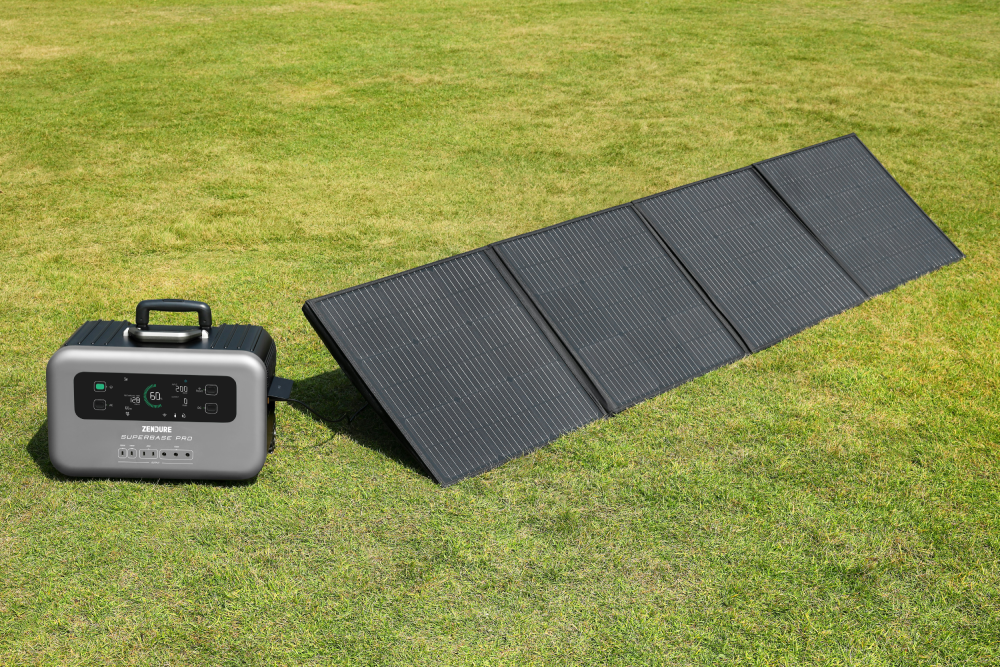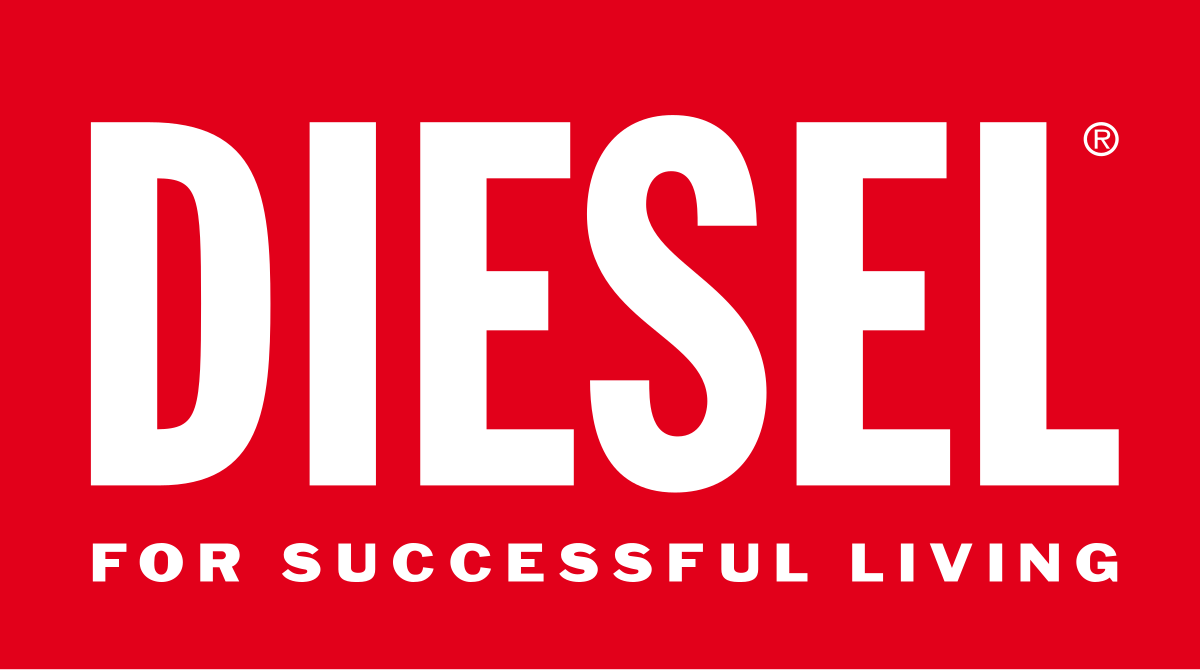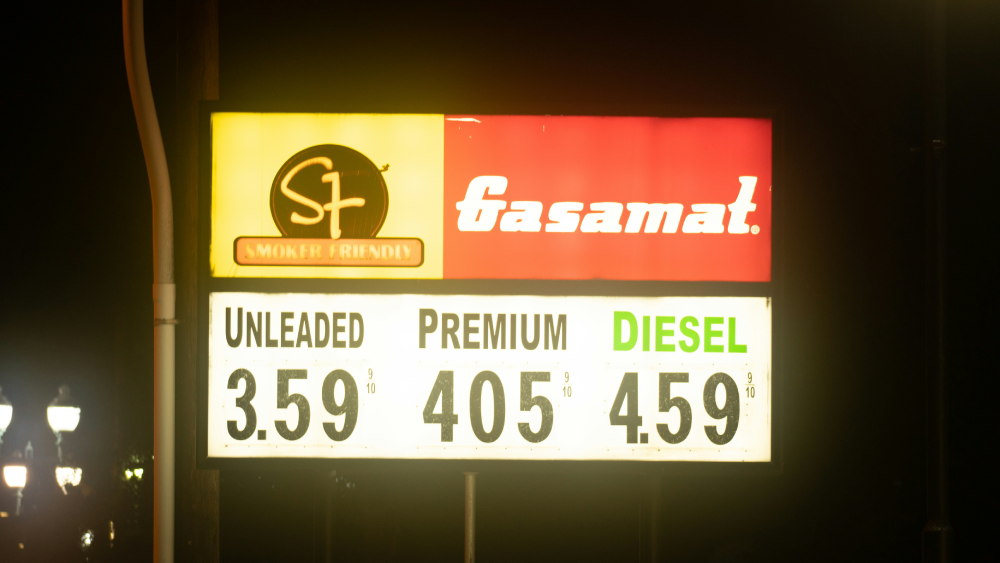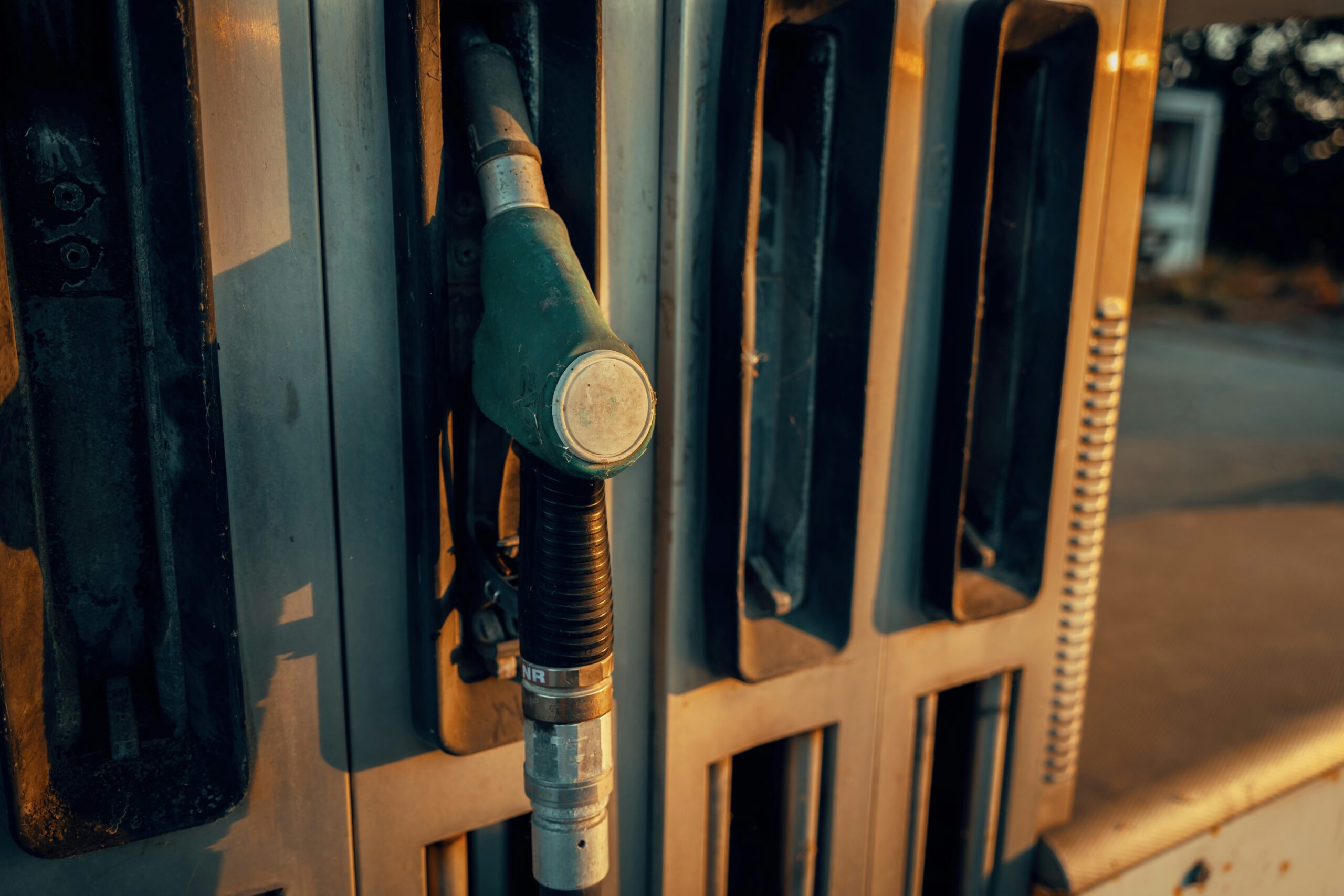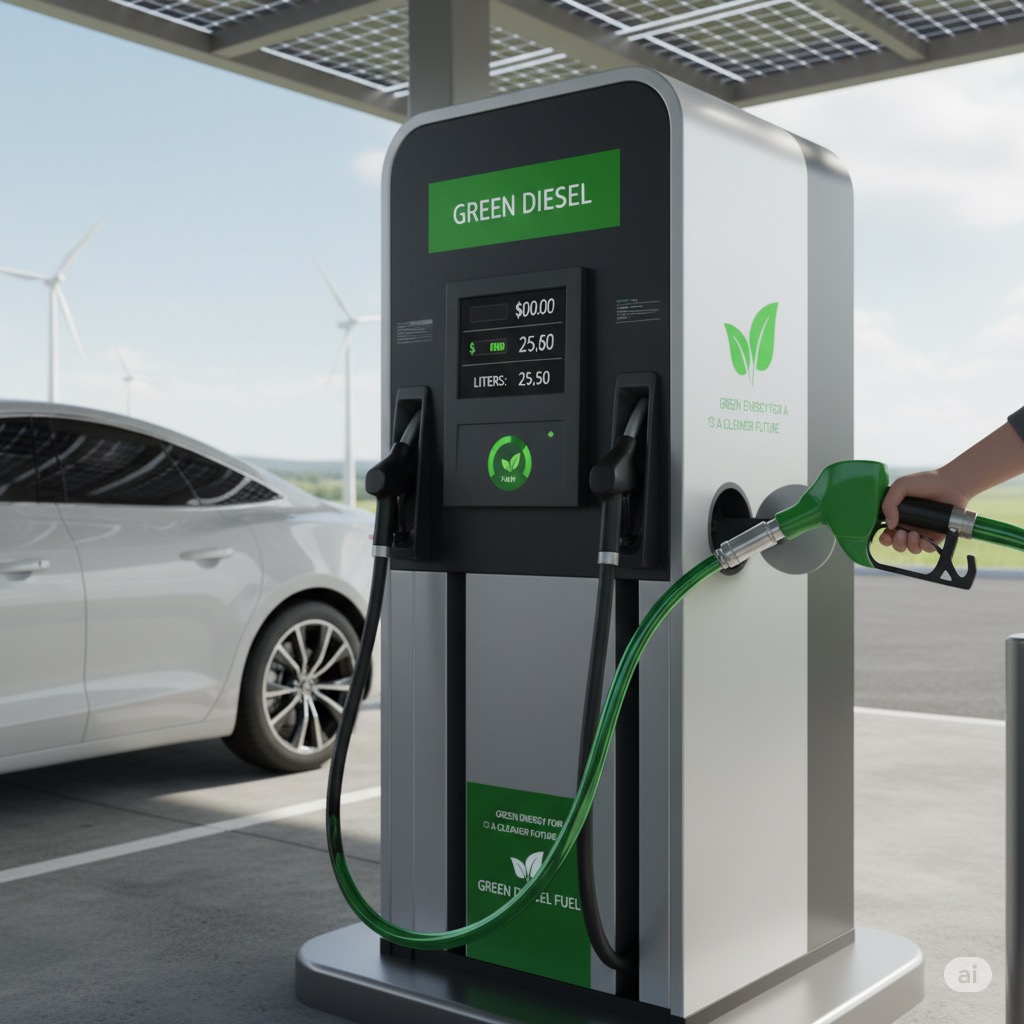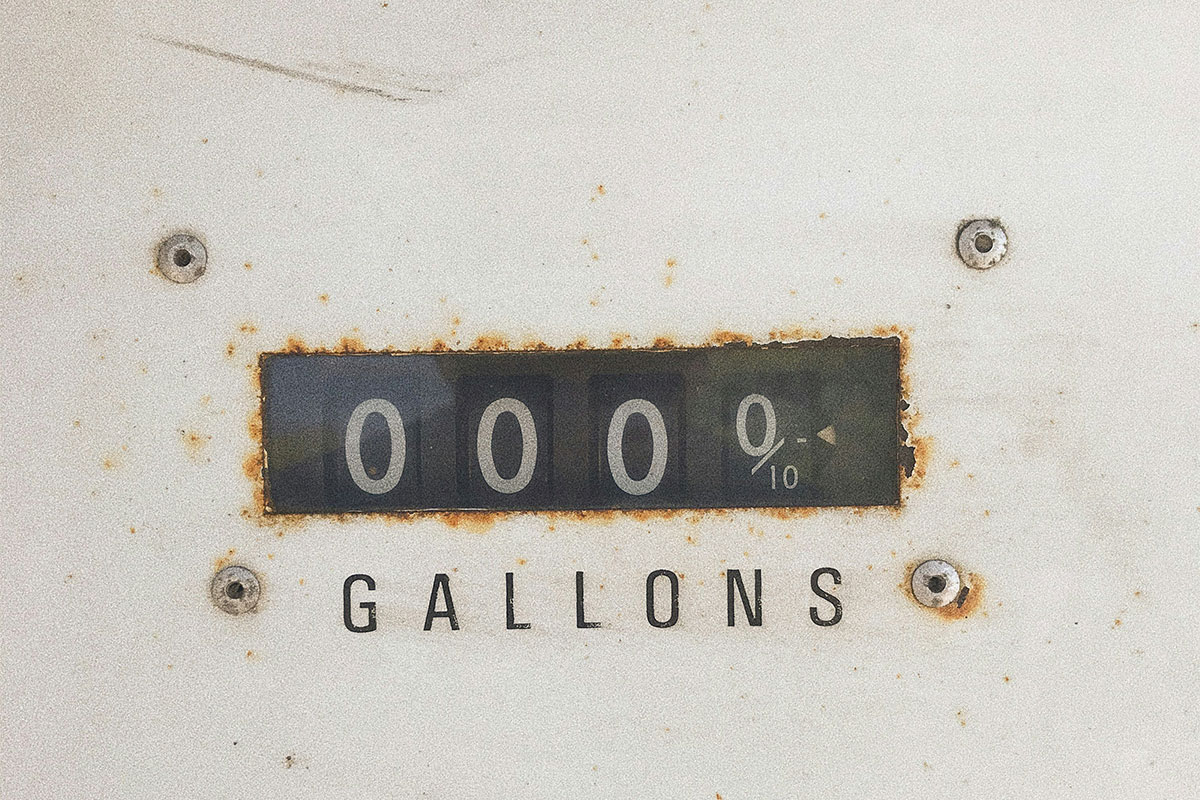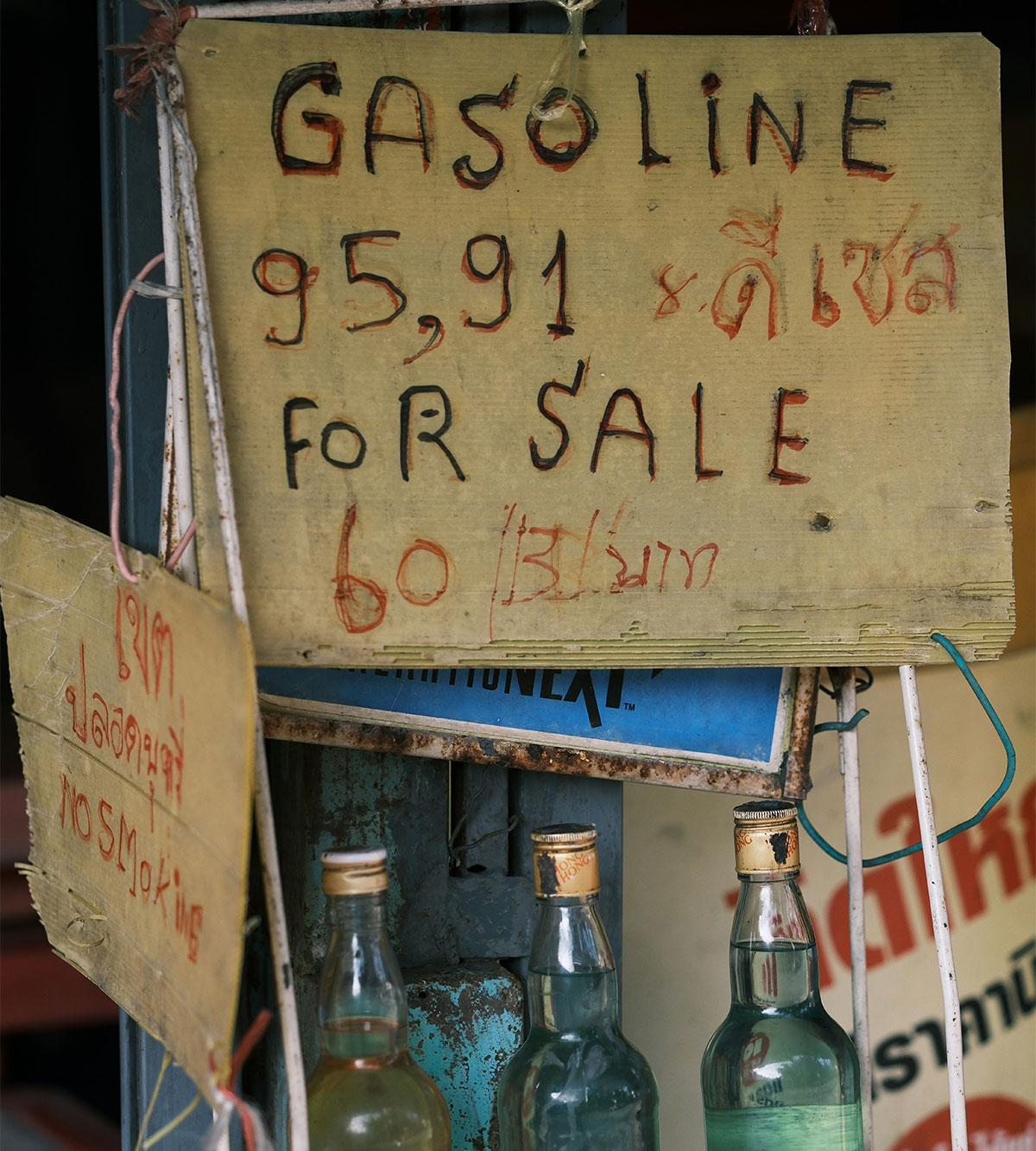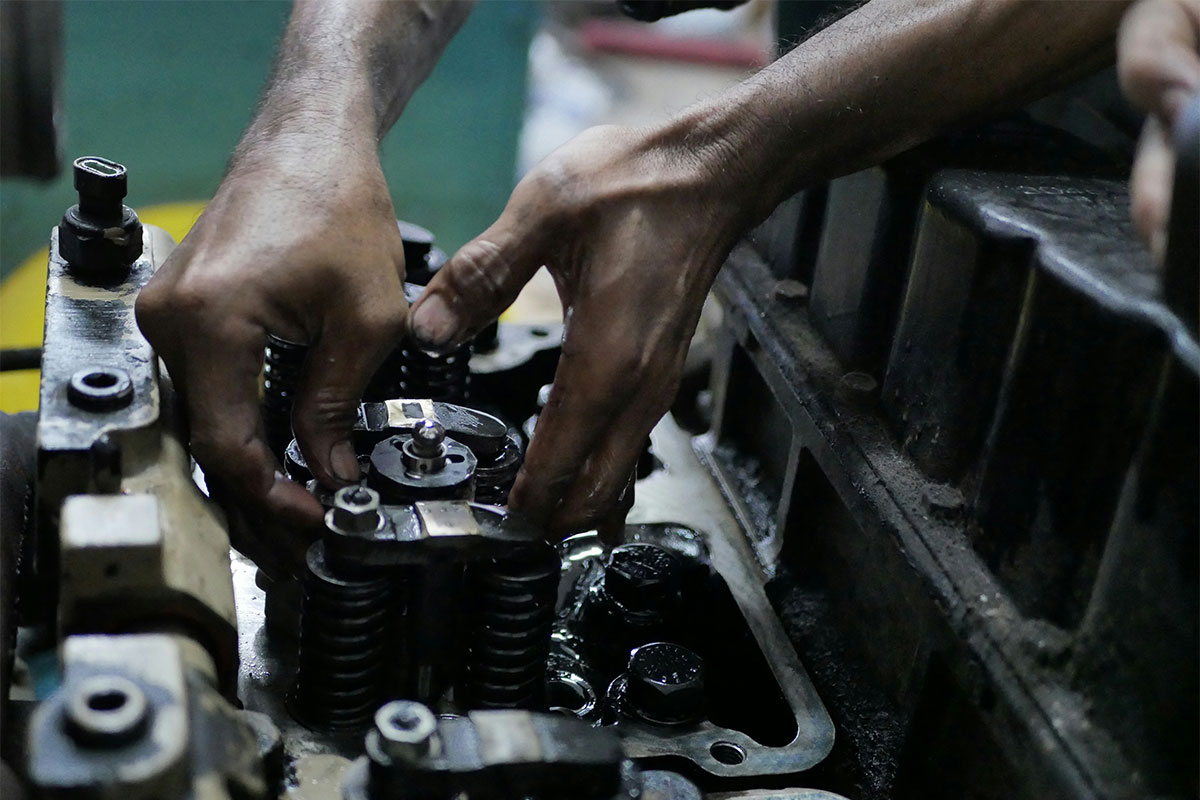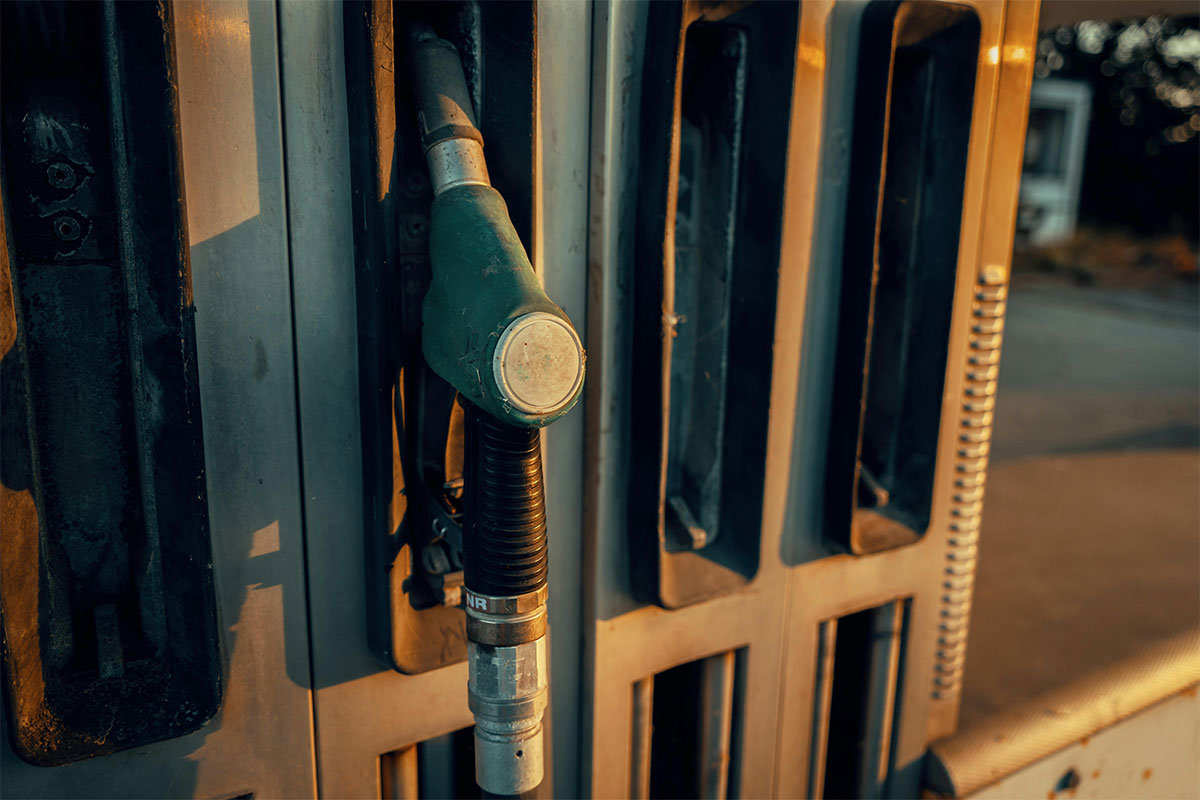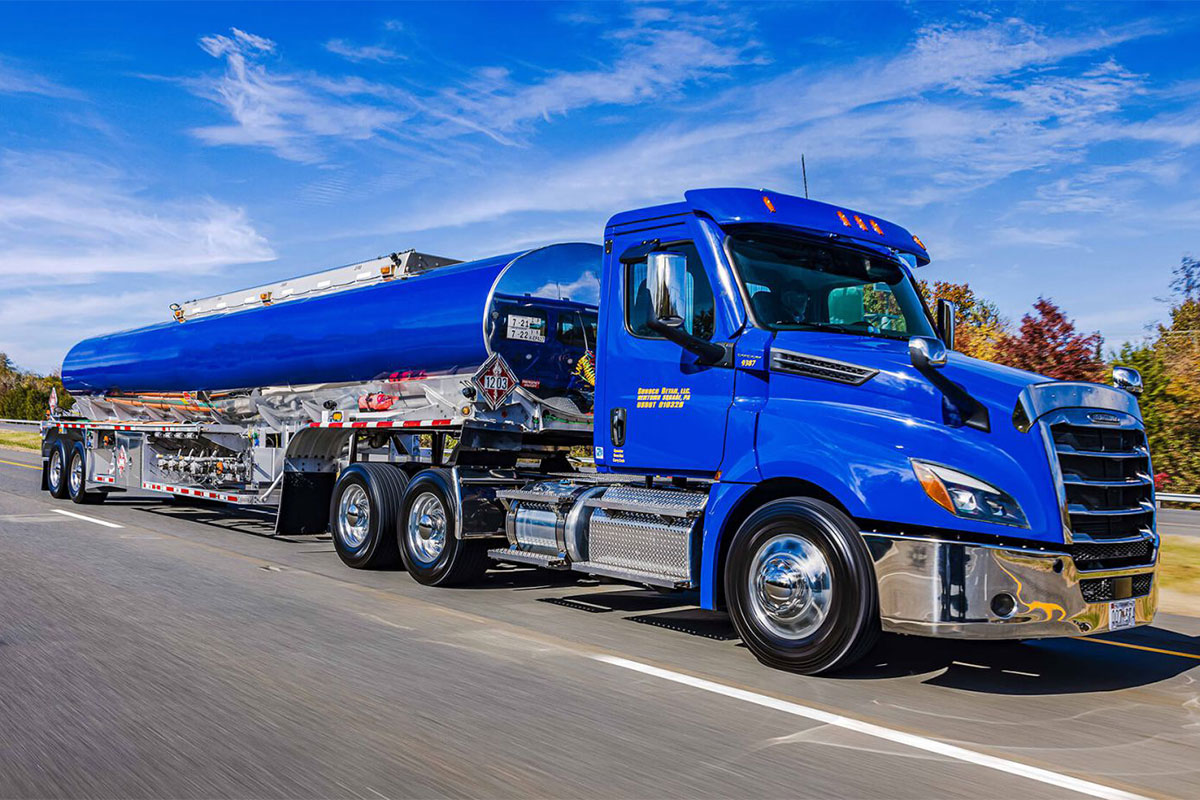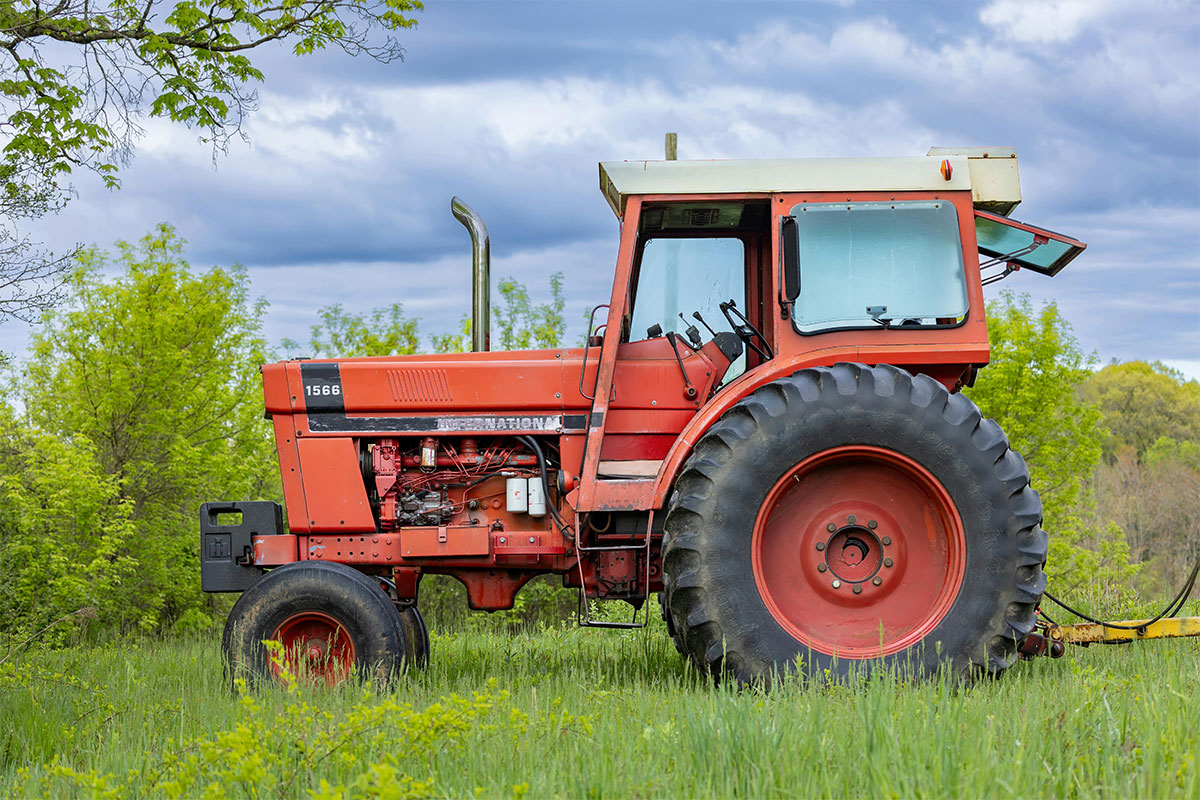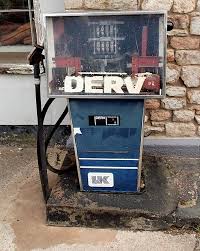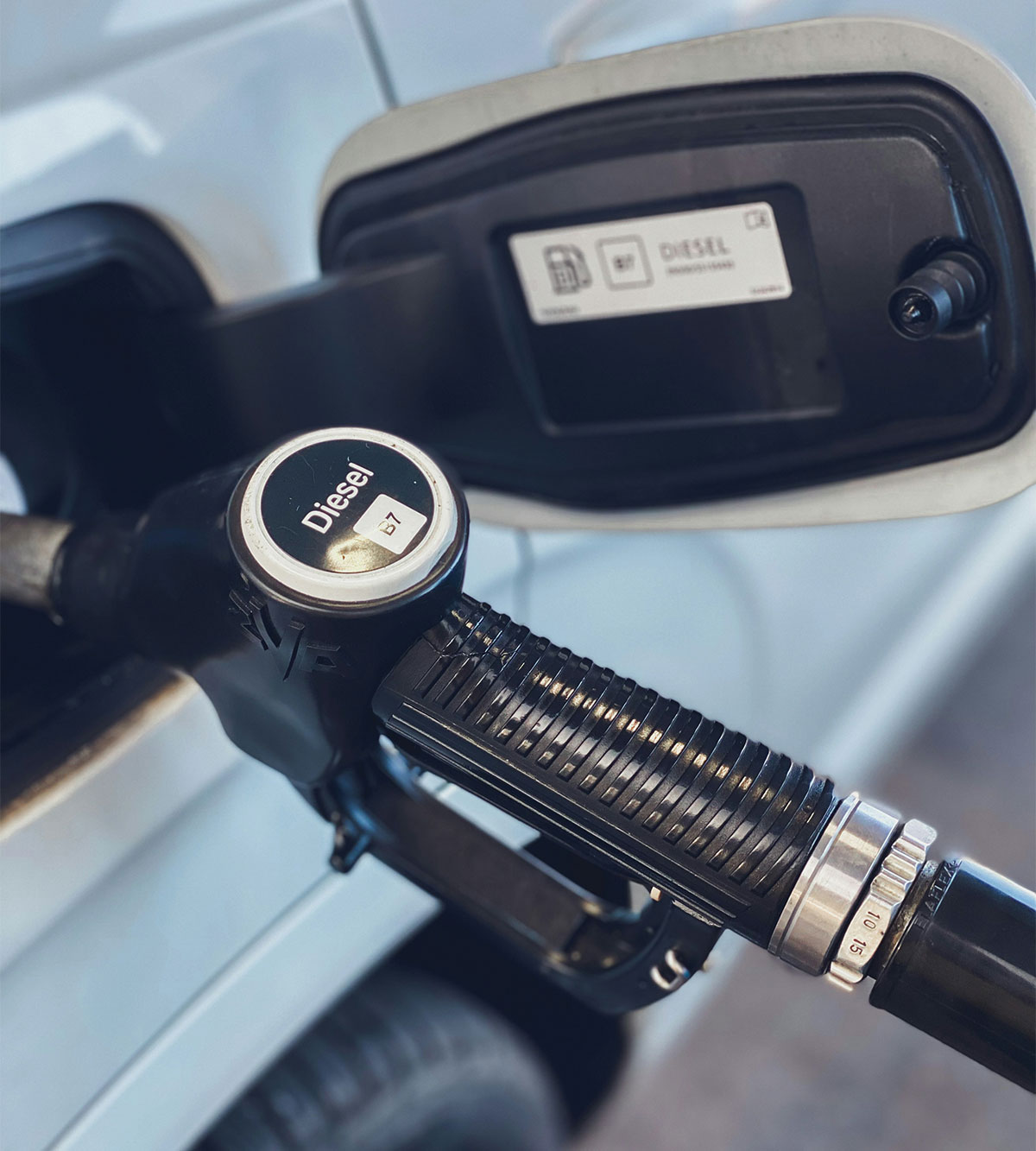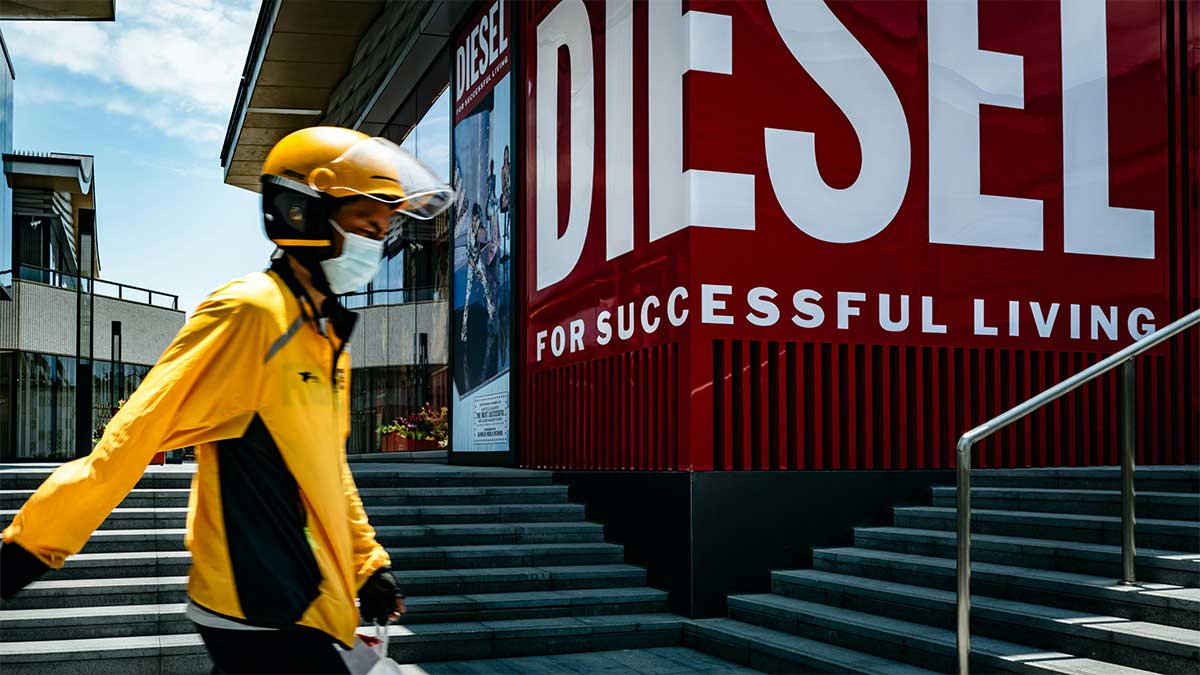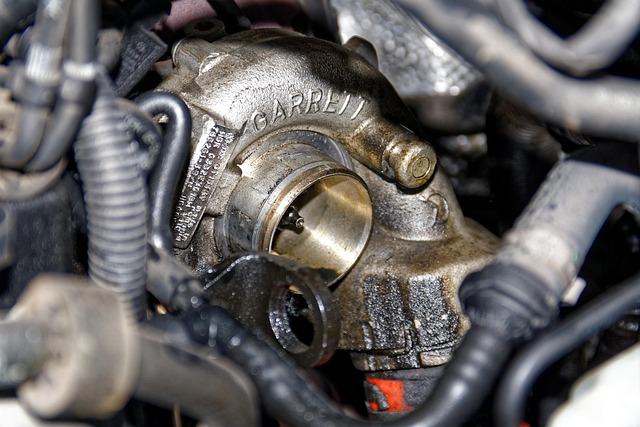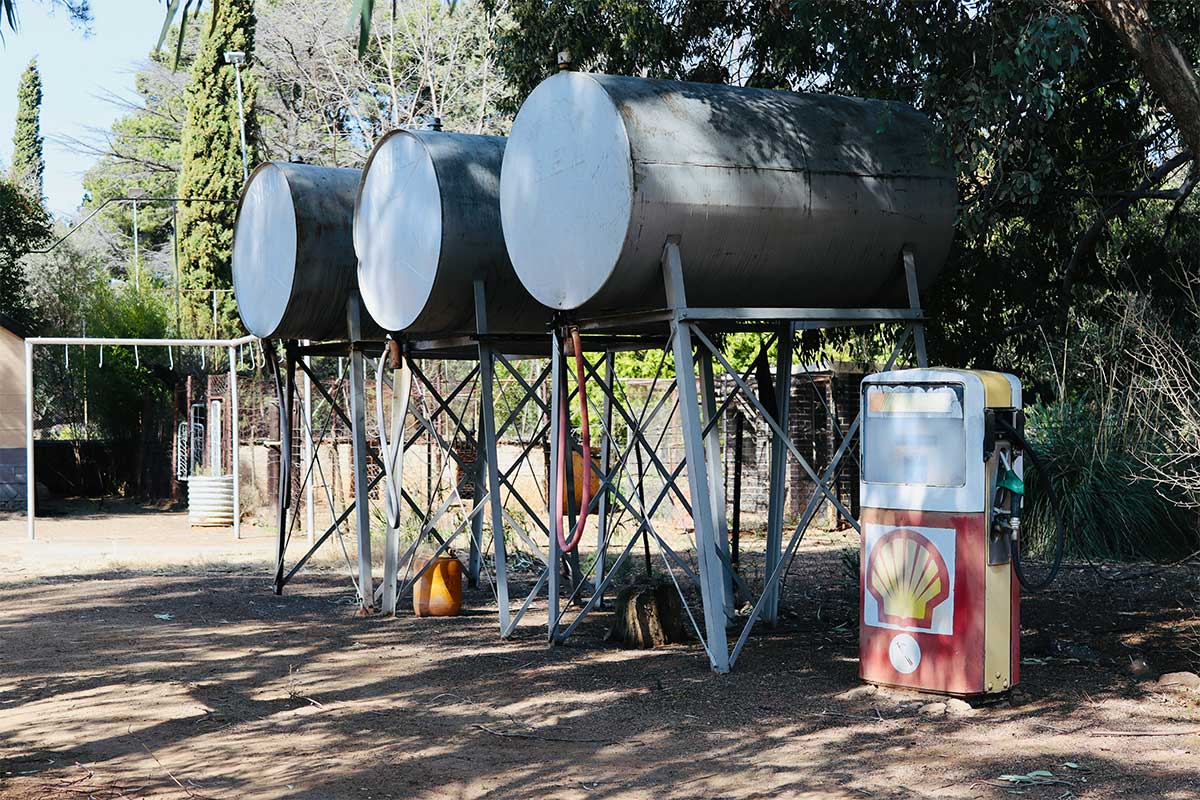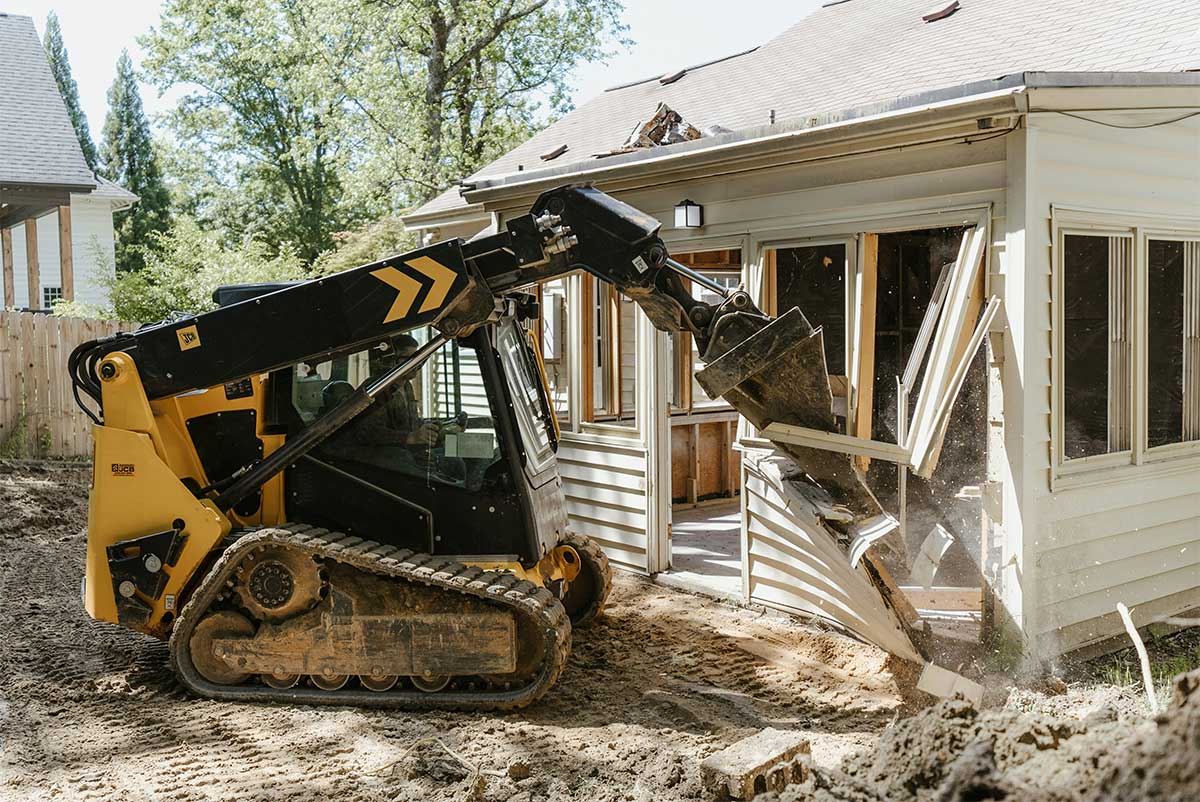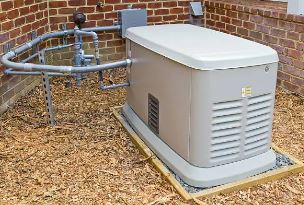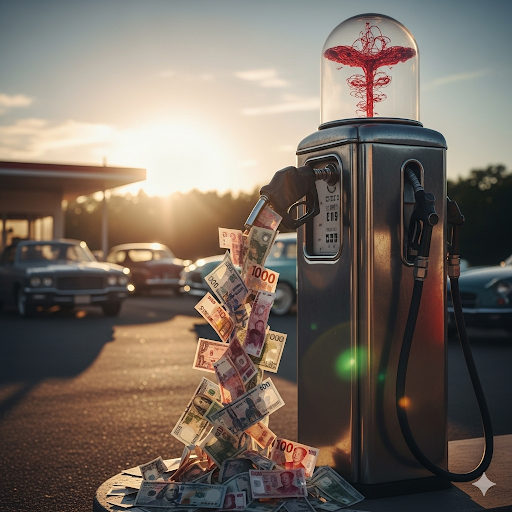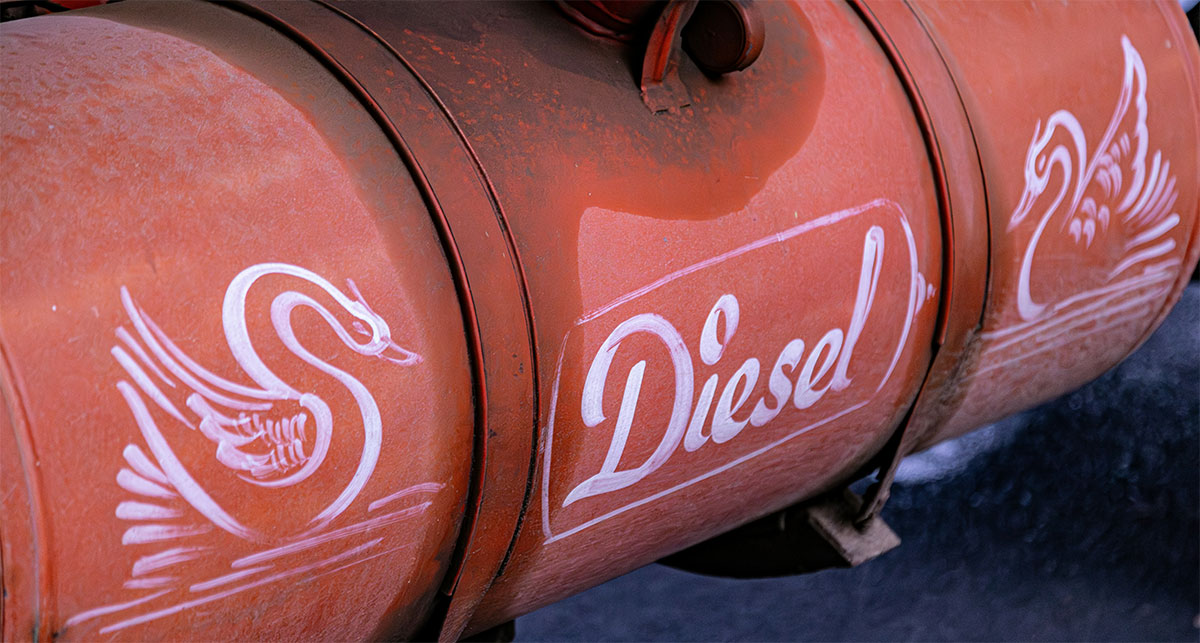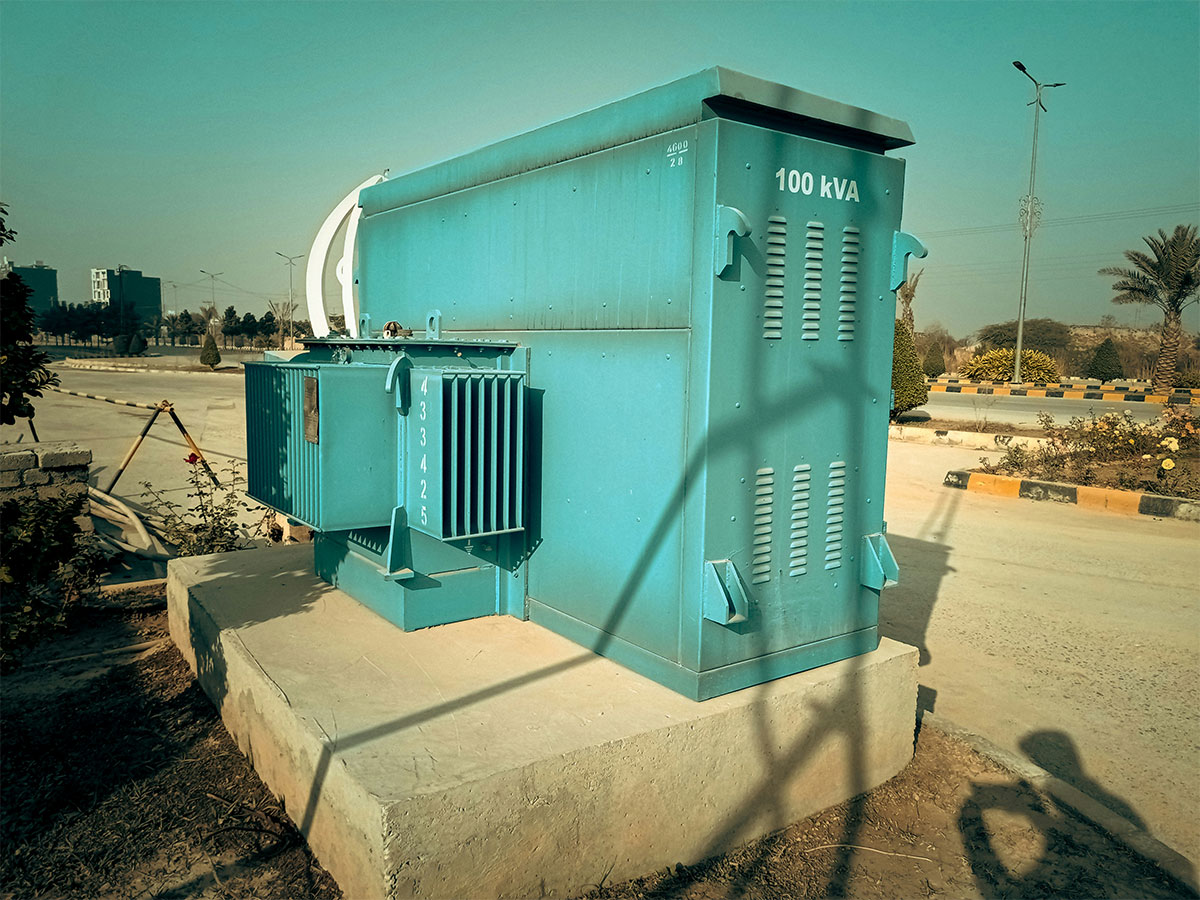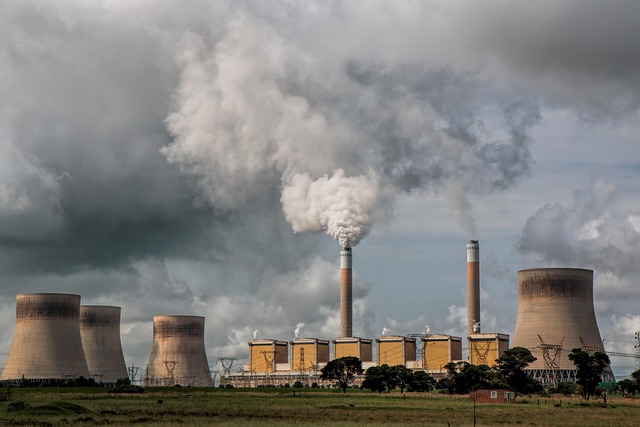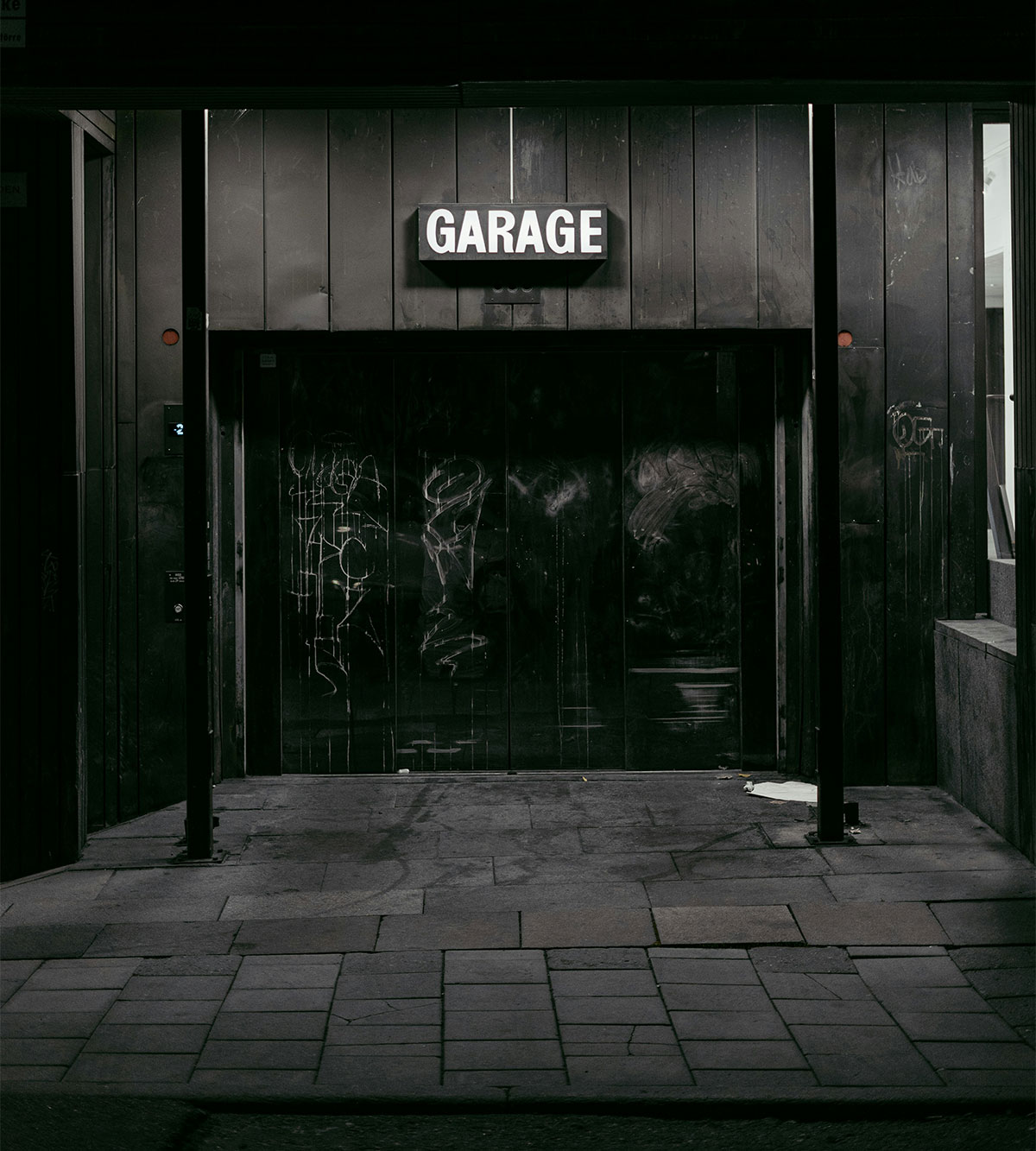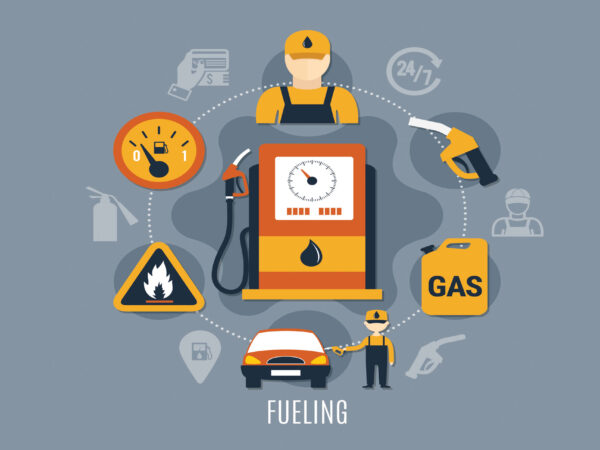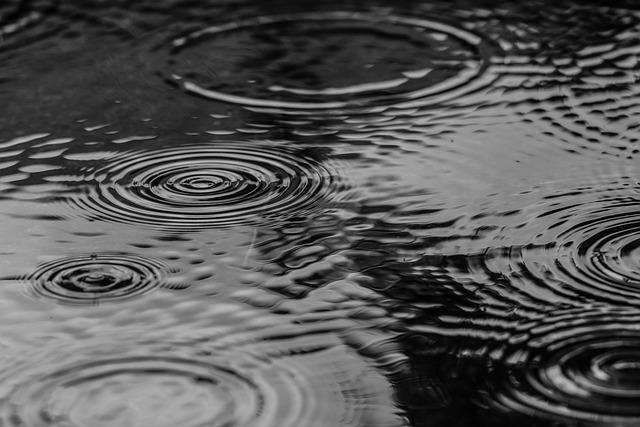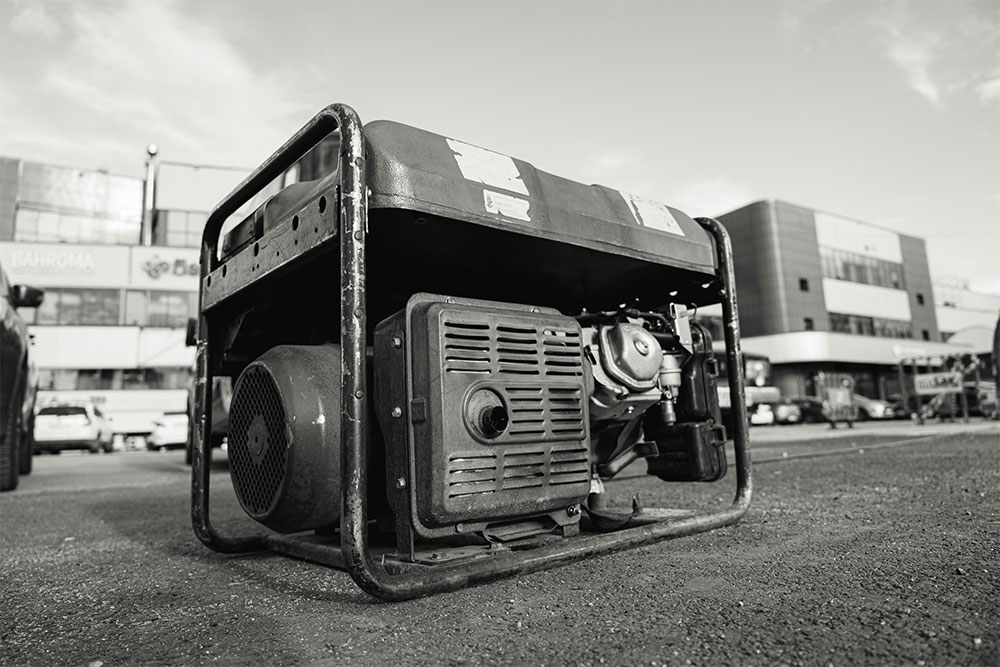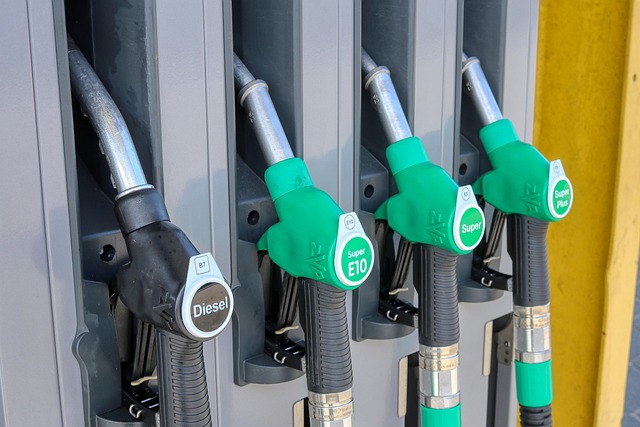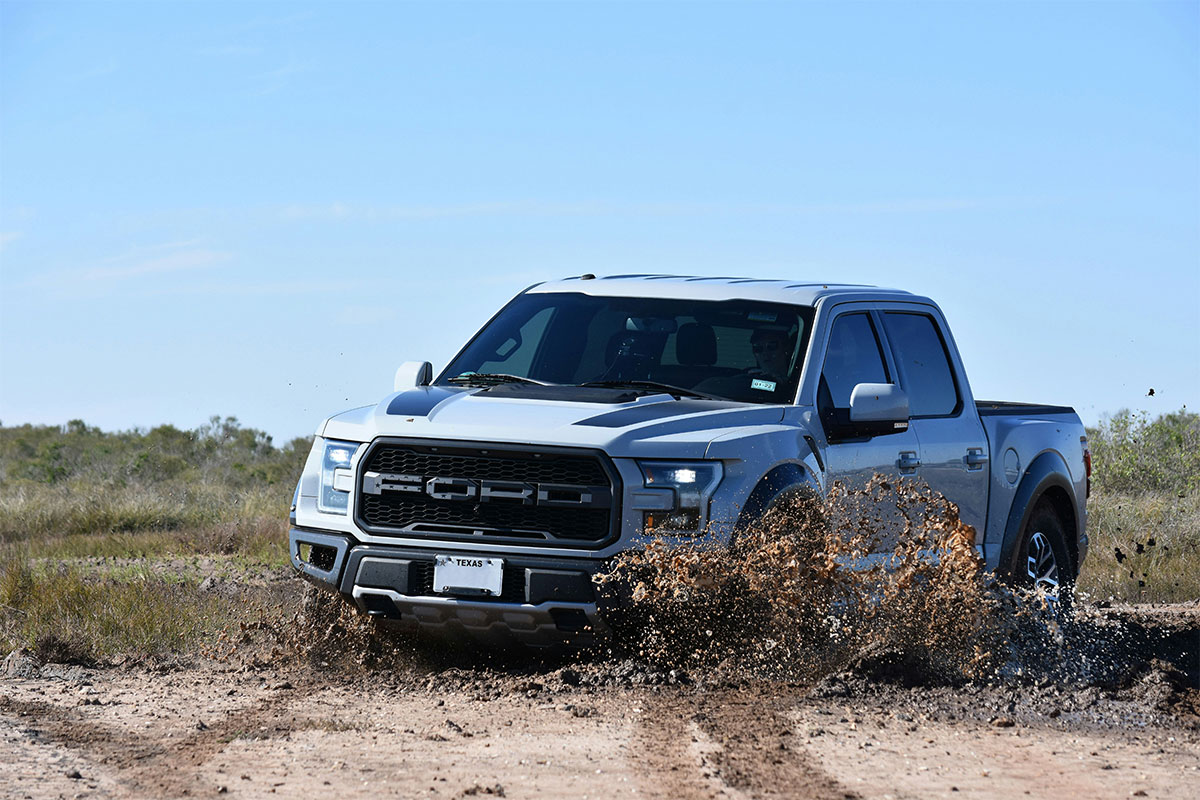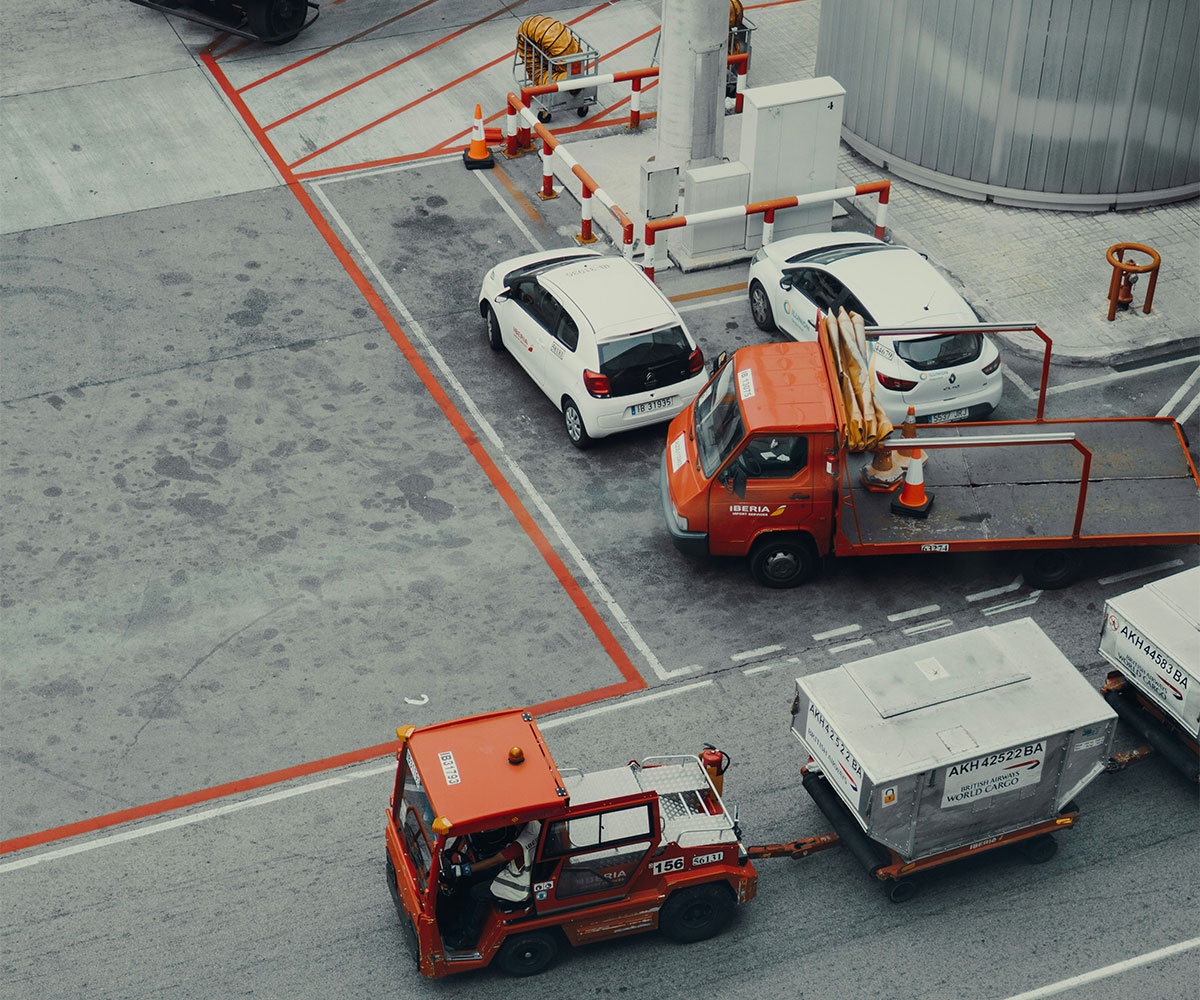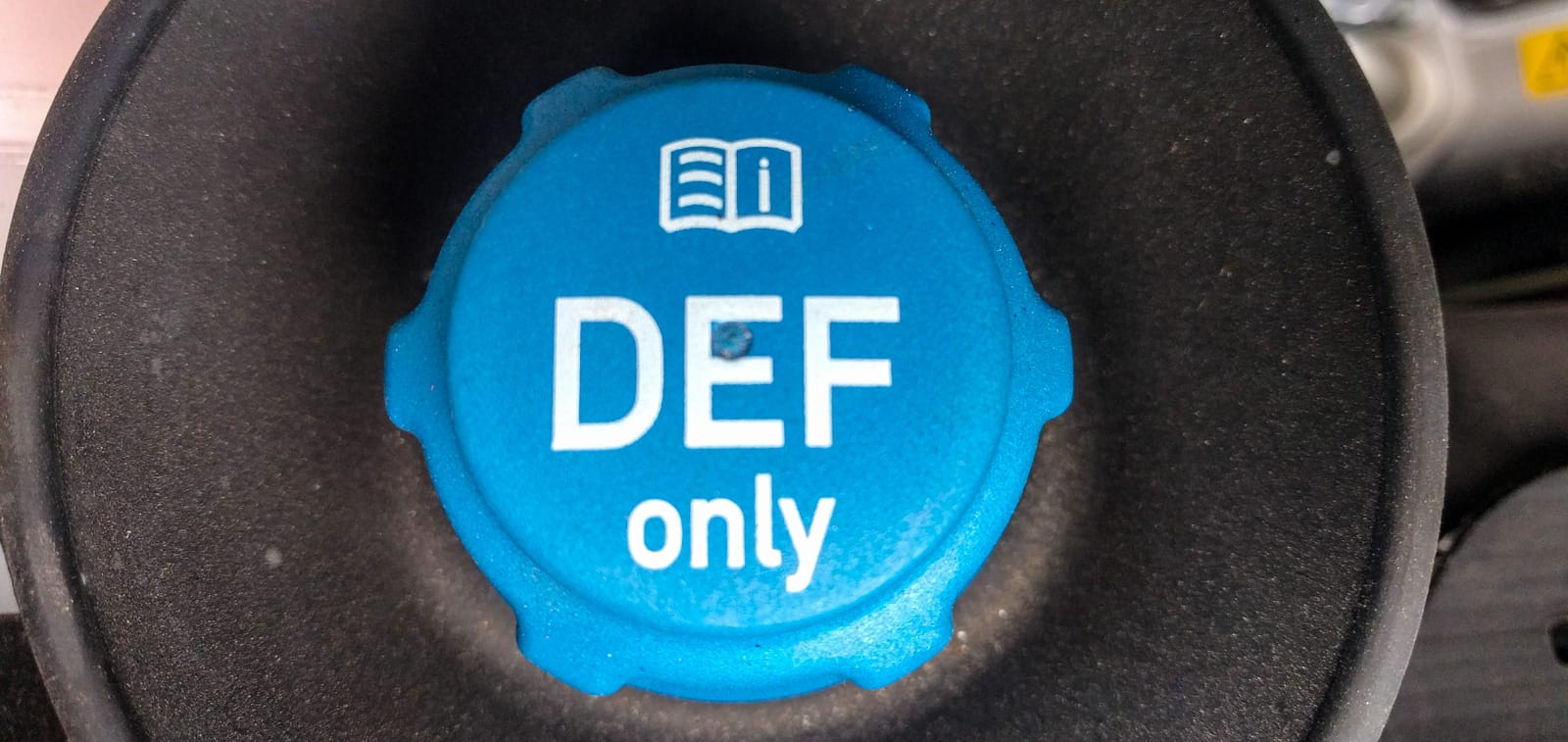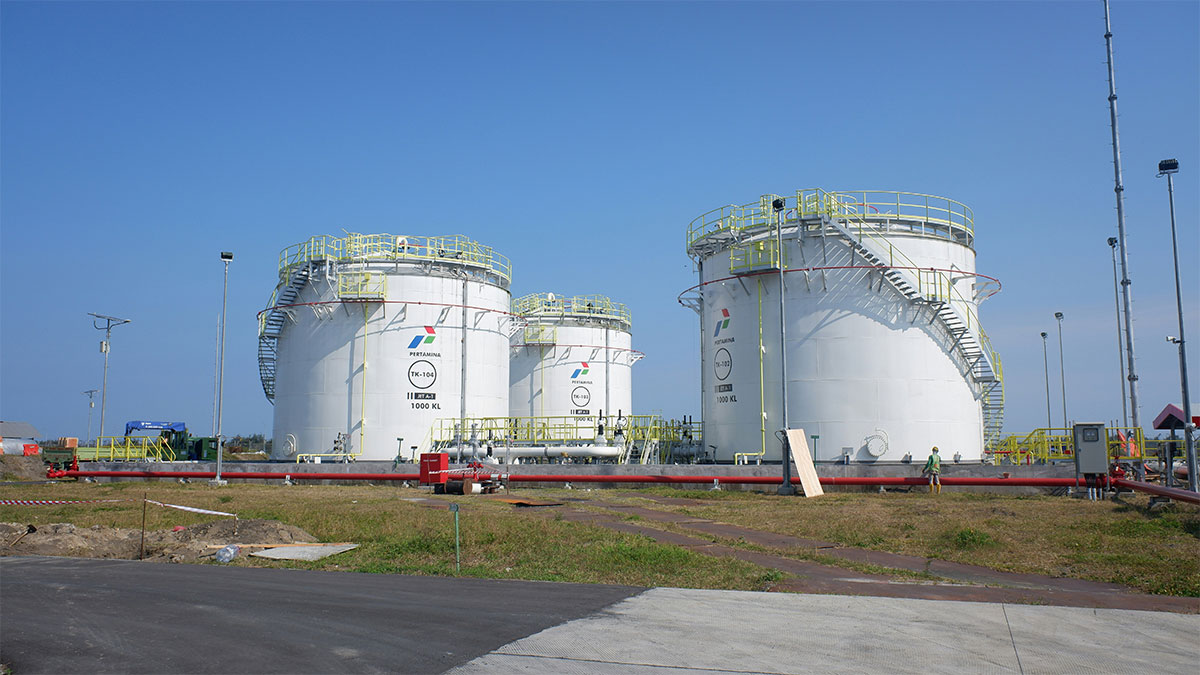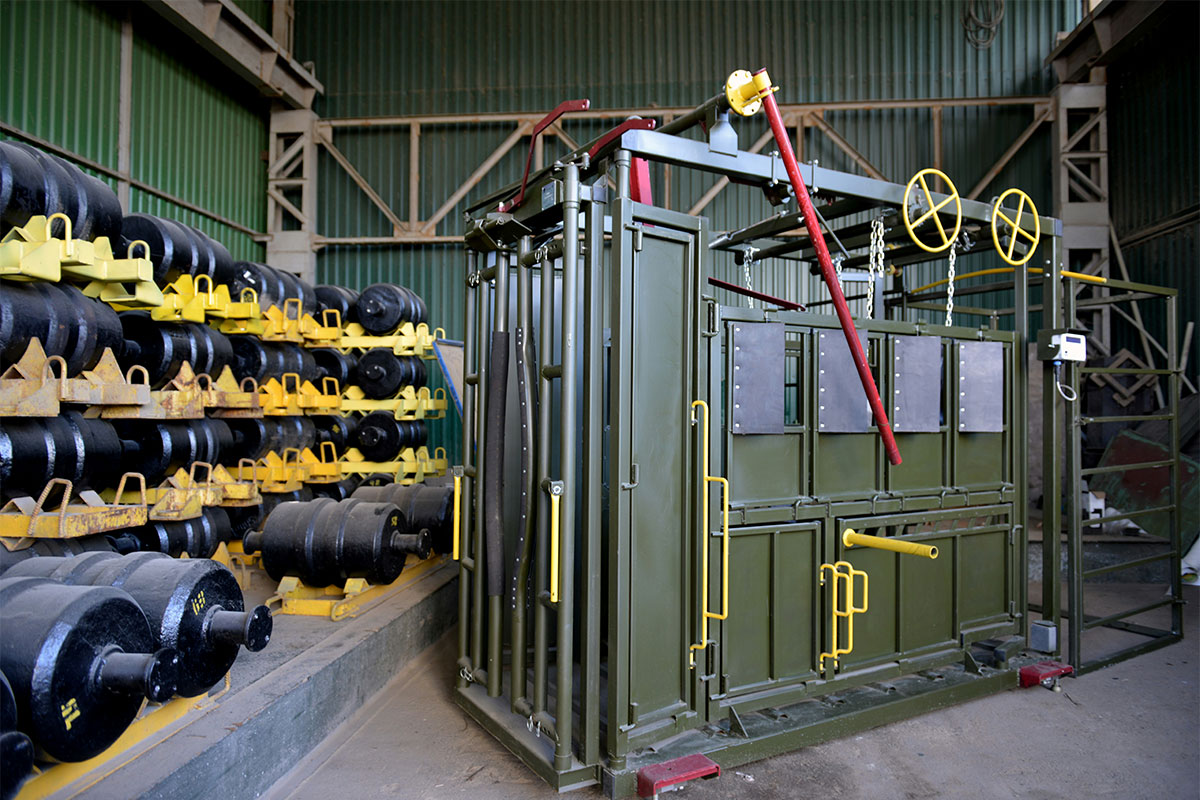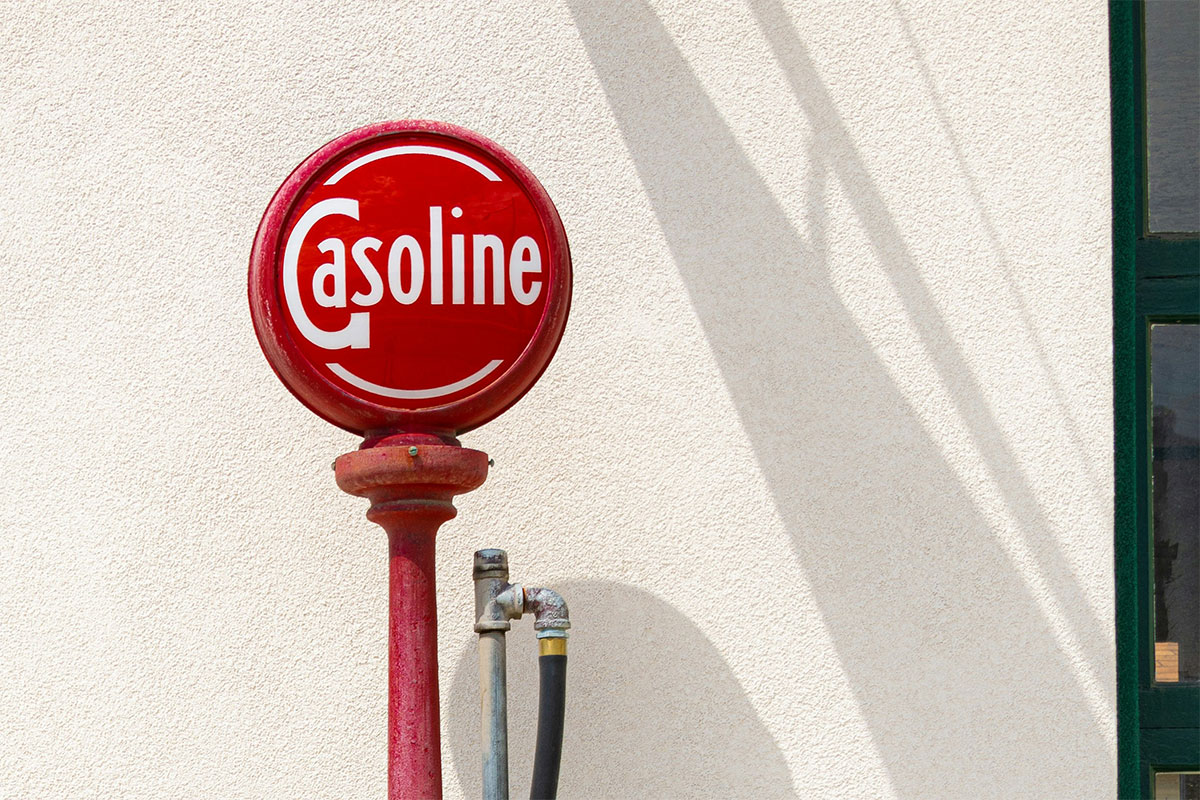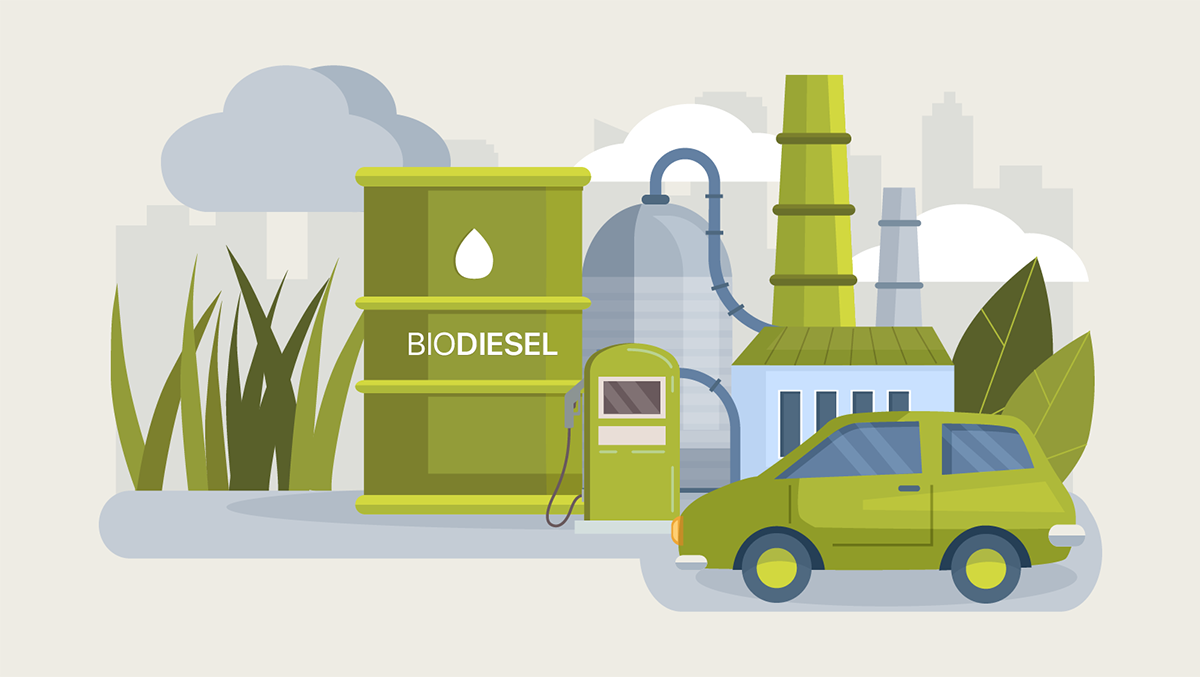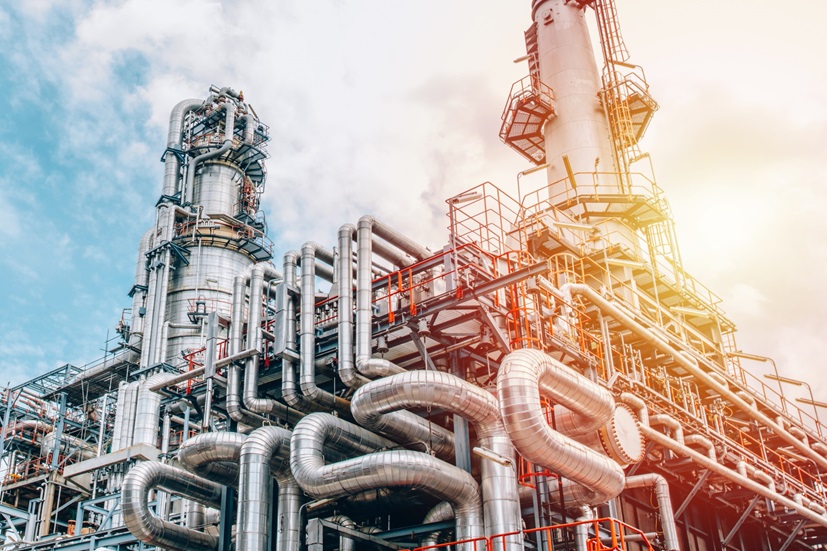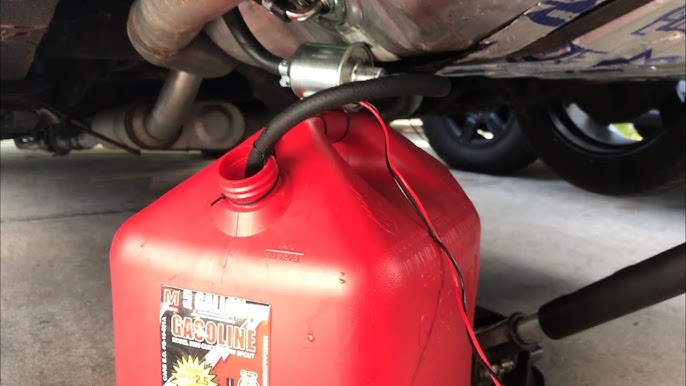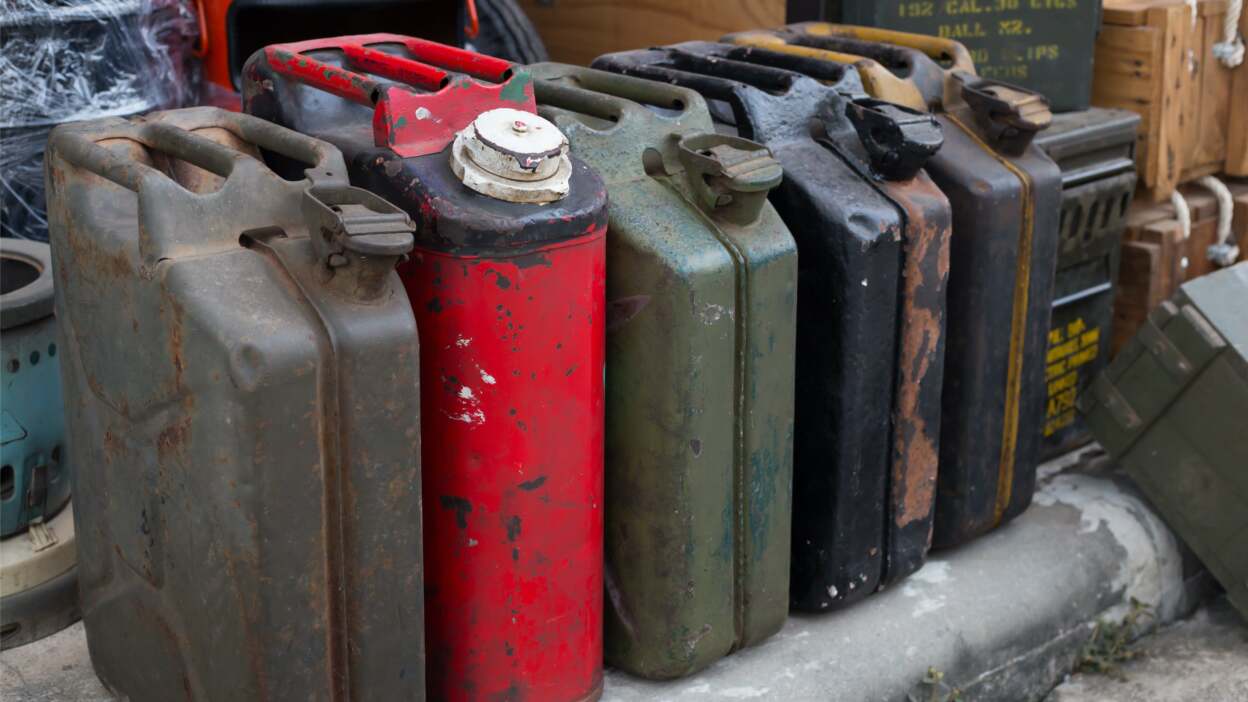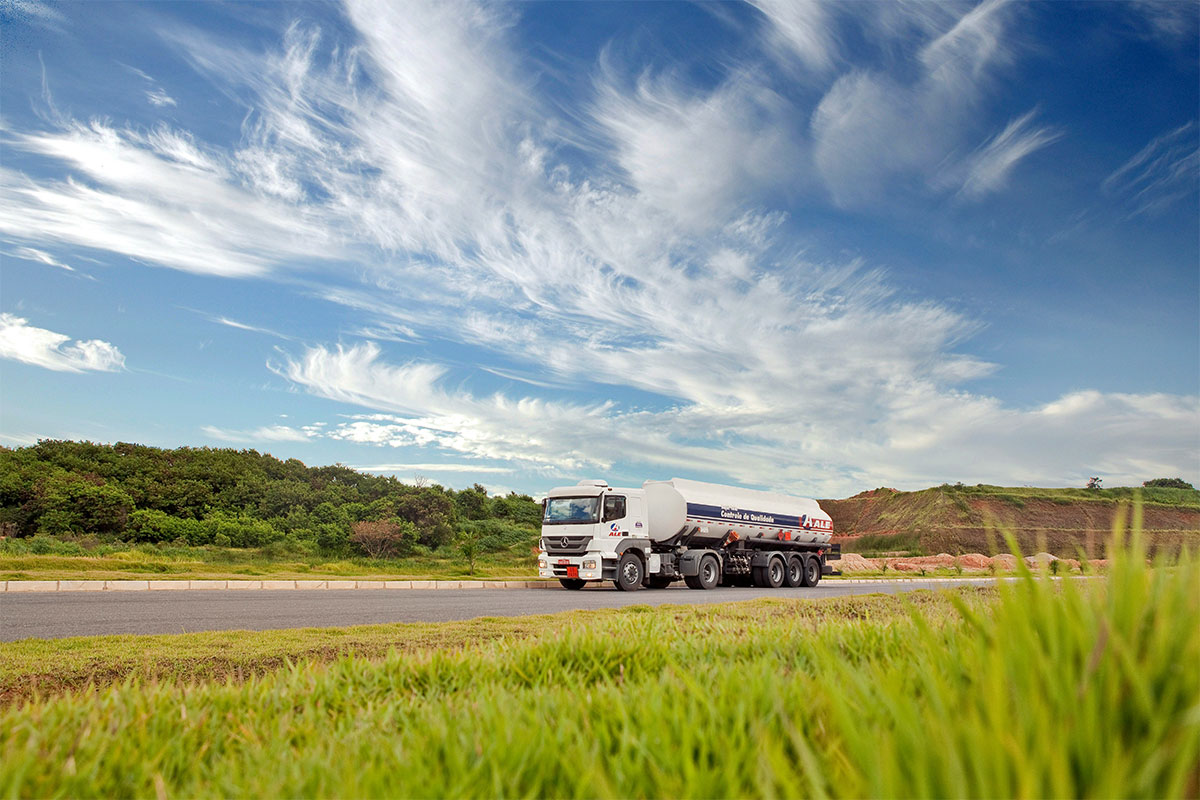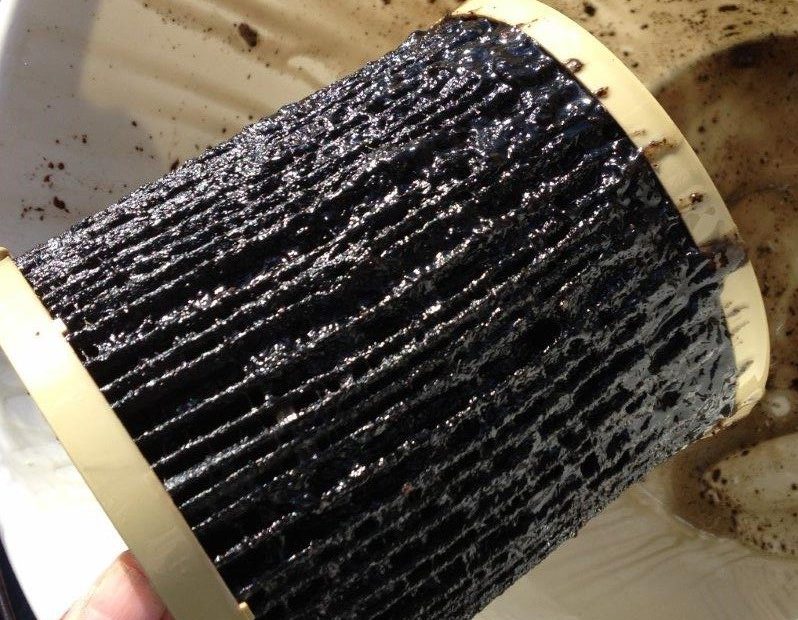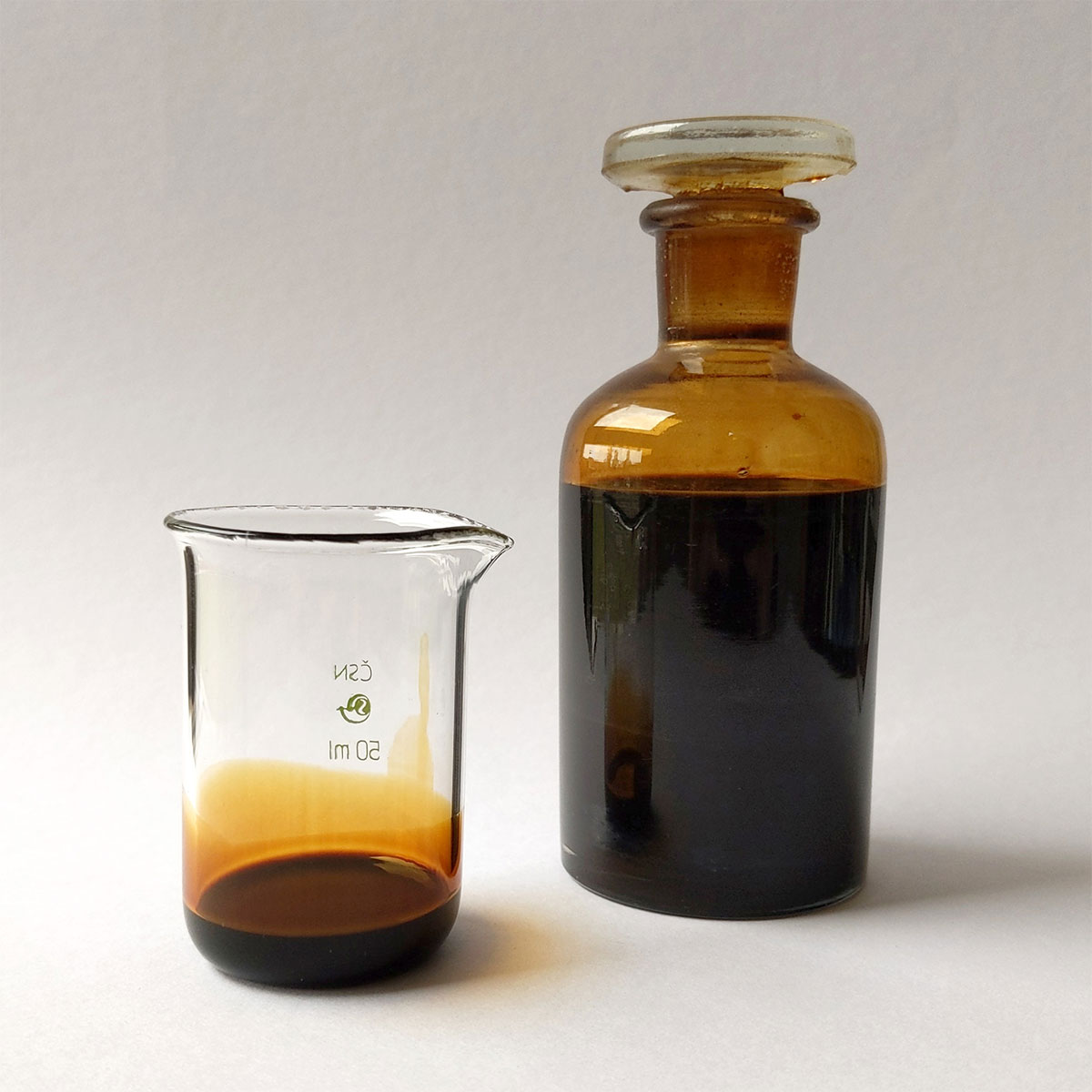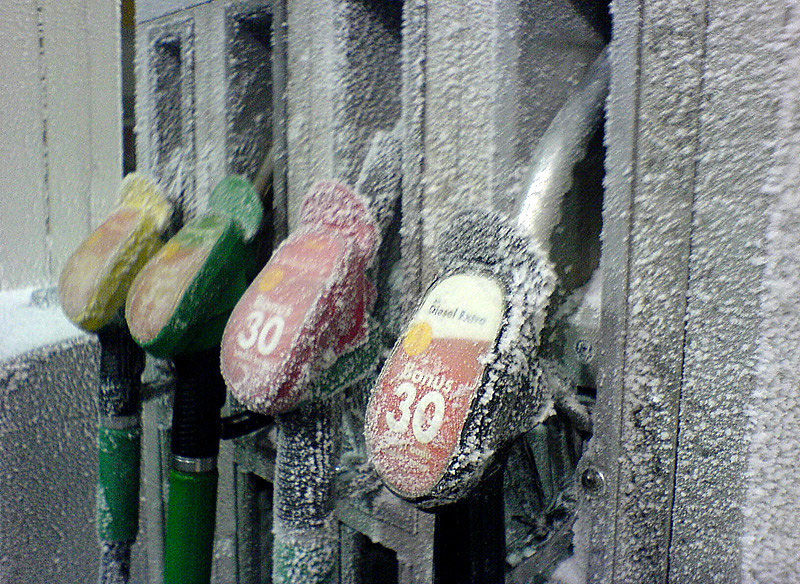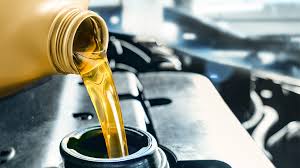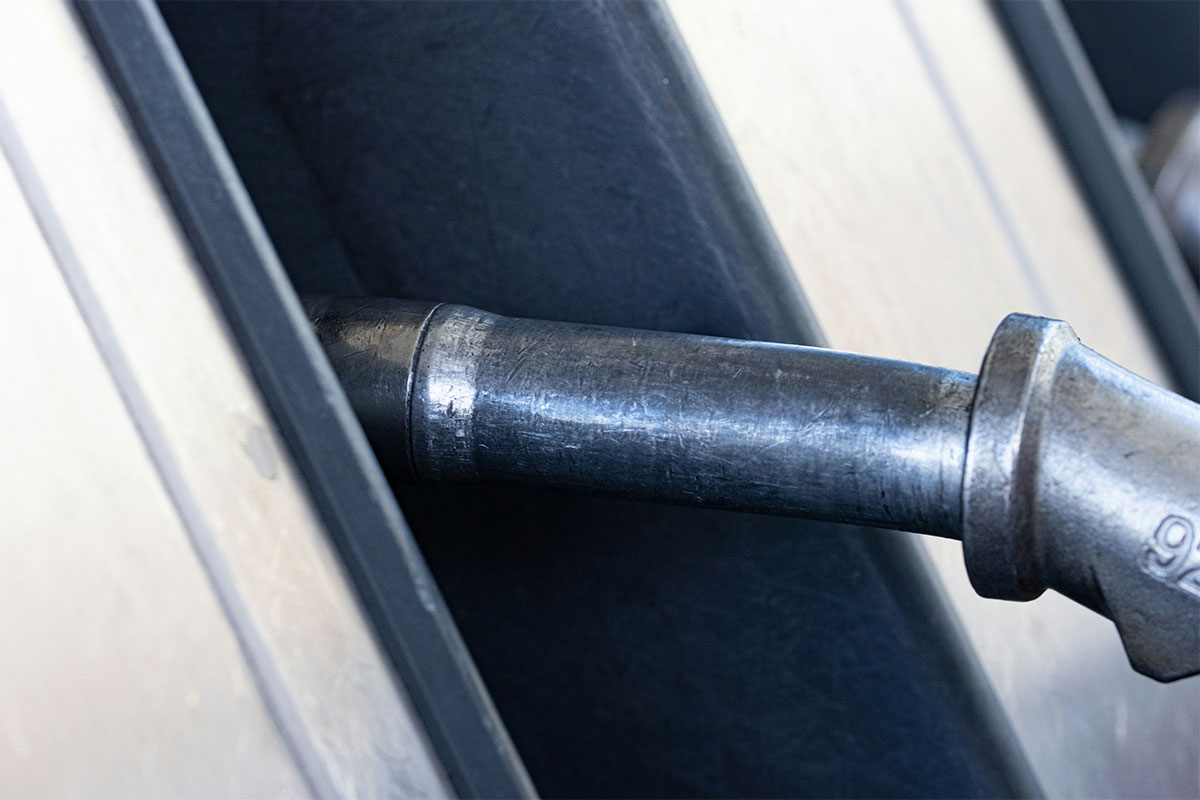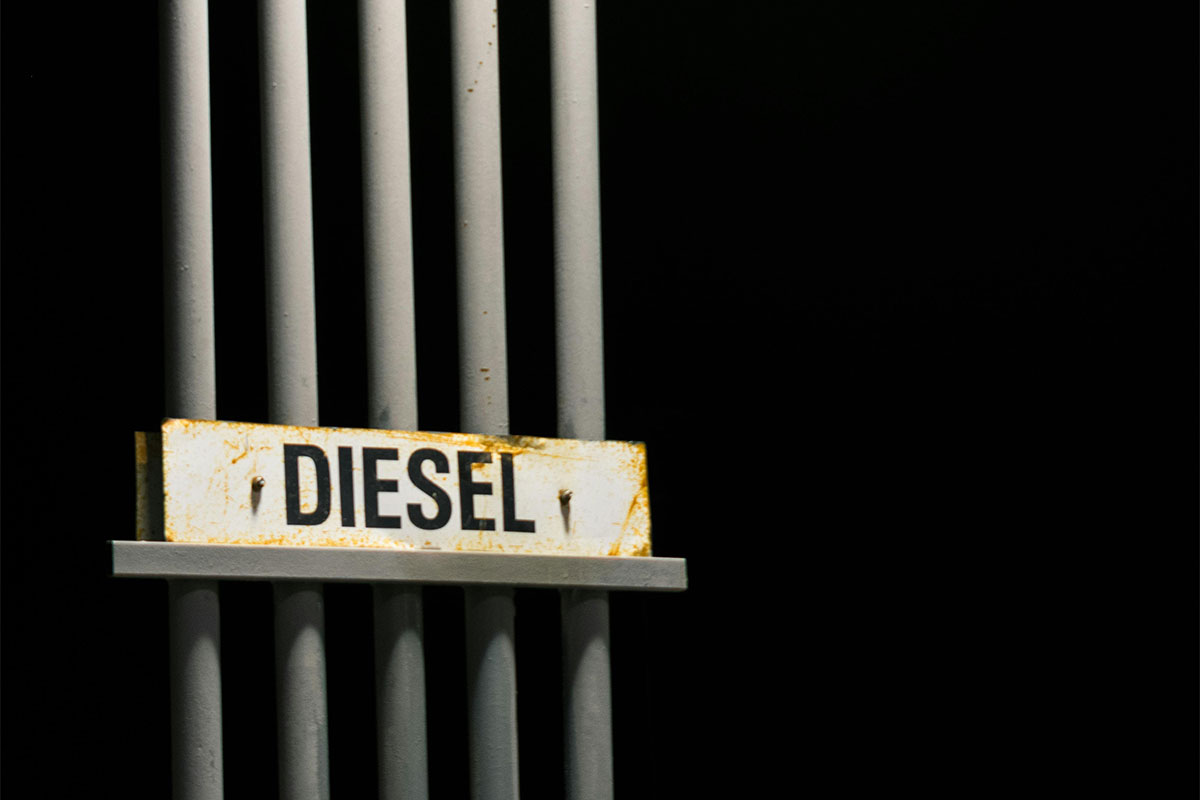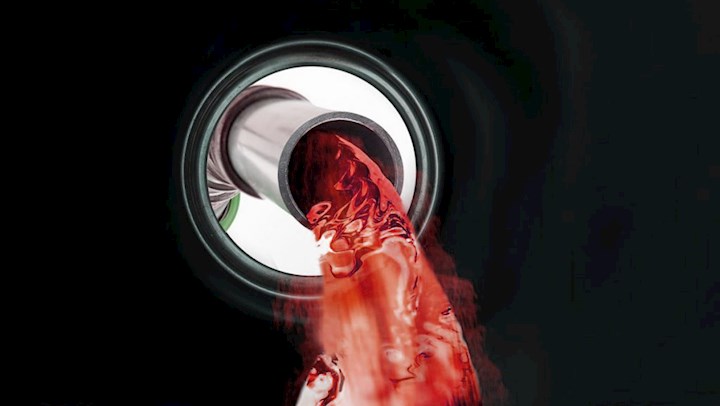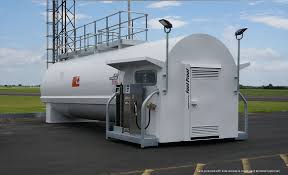Key Takeaways
- The color of gasoline usually varies from clear to pale yellow. With a clear appearance indicating freshness and usability
- Premium gasoline’s color and that of regular gasoline and unleaded gasoline are often almost identical.
- If gasoline is red, brown or cloudy this usually means it is contaminated or the fuel is aging
- Knowing the color of gasoline helps drivers know when gasoline may be contaminated, avoiding potential engine damage.
- Unleaded gasoline color and premium fuel color should remain clear for safe vehicle use.
Table of Contents
What Color Is Gasoline
Fresh gasoline is usually clear or has a very light yellow color. It is transparent and watery too. The yellow coloration of gasoline is faint unlike the deep hues in fuels that have been dyed. The faint yellow coloration is obtained from the refining process and additives, otherwise the typical color of gasoline is clear and it indicates freshness.
Given its clear nature, gasoline will usually take the color of its container and this may skew the perception of car gasoline’s color among drivers.
Given that the color of gasoline can indicate whether the fuel is fresh or not, checking it regularly is important. Also, getting fuel testing kits and scheduling maintenance helps you ensure that your car always runs on clean fuel.
What Does Gasoline Look Like?
Gasoline color, given its clear nature is very likely to adopt the color of its container and be affected by light. For example, under natural sunlight, gasoline looks clear or pale yellow, while it looks darker under artificial light. However, in a transparent glass, gasoline’s transparency can best be seen, making it easier to spot contamination.
In plastic containers that are tinted, car gasoline may sometimes look darker or cloudier than it actually is . Meanwhile at the pump, the unleaded gasoline color is almost in I as it flows indicating its freshness.
Seeing Brown or Cloudy Gasoline?
Color shifts to orange, brown, or cloudiness can signal oxidation, moisture, or contamination, using it risks poor combustion and engine damage. Learn the quick visual checks and what to do next.
Is Gasoline Clear?
Yes, gasoline is clear. Its typical color is clear or a faint yellow. It can look transparent and the clearer gasoline is, the fresher it is.
Due to additives, blending with ethanol and detergents added to gasoline it may become lightly tinted. For example, while unleaded gasoline color remains clear, premium gasoline blends are slightly yellow depending on what is added to form the blend. If gasoline is poorly stored, exposed to air or moisture, it can become contaminated and cloudy. Generally gasoline color should be clear.
What Color Is Unleaded Gasoline?
The usual unleaded gasoline color is either clear or faintly yellow. In most markets regular gasoline, car gasoline or unleaded gasoline is maintained as a clear, transparent watery liquid for easy identification. The additives and detergents blended into unleaded gasoline will not significantly alter its clear nature, but in some regions, dyes are added to gasoline to demarcate it in fraud prevention and environmental monitoring.
Generally, unleaded gasoline is clear and consistent. This state denotes it as fresh and suitable for your car engines. Make sure to always check gasoline’s color as a change in color could mean that the gasoline has expired or been contaminated . In which case that gasoline is dangerous both for your engine and the environment.
What Color Is Premium Gasoline?
Premium gasoline usually has the same color as regular gasoline (clear- pale yellow) but they aren’t exactly the same in octane rating and usage. Below are the differences between regular gasoline and premium ;
| Feature | Regular Gasoline | Premium Gasoline |
|---|---|---|
| Gasoline Color | clear to pale yellow color | Clear to pale yellow color |
| Octane Rating | 87-89 | 91-100 and above |
| Purpose | Standard vehicle engine use | |
| Additives | Standard detergents | Enhanced additives to boost engine protection |
| Appearance difference | Not identifiable visually | Not identifiable visually |
Despite the differences in octane rating of premium gasoline and regular gasoline, they have the same color. So octane rating does not affect the colour of gasoline.
Premium vs Regular: Same Look, Different Octane
Don’t rely on color, octane rating doesn’t change appearance. Both premium and regular are typically clear to pale yellow. See how to choose by octane and labeling, not looks.
What Color Should Gasoline Be?
The color gasoline, when it is healthy, fresh and fit for engines, is clear and faintly yellow. If this color changes to dark and if the gasoline appears cloudy, this is an indication that the gasoline may be contaminated or aging, therefore no longer suitable for engines. Recognizing abnormal unleaded gasoline color or a dark premium gasoline color can help prevent poor combustion, reduce mileage and engine damage.
Given that the color of gasoline is such a big indicator of gasoline health, then it should be checked regularly to avoid using bad gasoline.
Is Gasoline Yellow?
No, gasoline is not yellow. It is typically a clear and transparent liquid. However, it may have a slightly yellow coloration due to its refining process or due to additives blended with it.
Strong yellow shades of gasoline may indicate that the gasoline is oxidising or has impurities. Also, to demarcate gasoline for specified uses, it can be dyed and so will not present as a clear liquid.
If you notice that your gasoline has a deep yellow color, it may be contaminated making it unsafe to use in your engine.
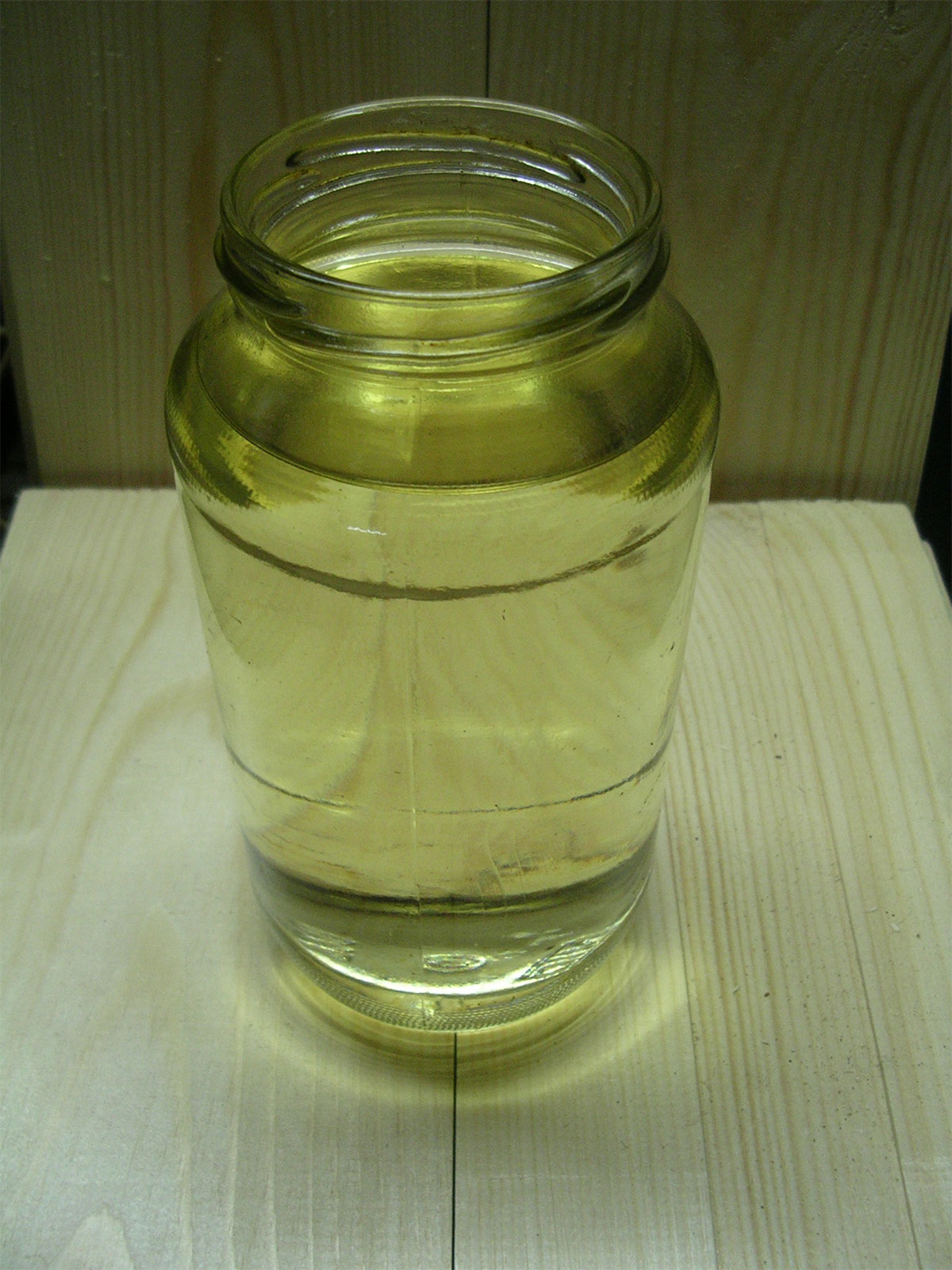
Does Gasoline Have A Color?
In its purest form, gasoline color is clear or faintly yellow. The natural state of car gasoline color is a byproduct of refining processes. However, the fuel industry sometimes introduces artificial dyes. These dyes help regulators distinguish untaxed fuel, aviation gas, or marine blends. As a result, unleaded gasoline color, regular gasoline color, and premium gasoline color may look identical, while specialty fuels differ. So when asking, “does gasoline have a color?” The answer is yes, but primarily due to dyes and additives, not the base fuel itself. Clear, fresh gasoline fuel color remains the global standard.
What Color Should A Gasoline Can Be?
The color of gasoline is not the only indicator of gasoline, there are also gasoline cans. By law, gasoline has to be stored in red cans, diesel is stored in yellow cans and kerosene uses blue. These distinctions are meant to prevent mix-ups because if one of the fuels were used in an engine where they aren’t destined, the engine will be damaged.
Container standards are implemented to ensure safety and knowing them is as important as knowing car gasoline color and unleaded gasoline color. While premium gasoline and regular gasoline look similar, their cans’ colors differentiate them. Fueling the gasoline fuel color safety codes to make sure that you’re compliant, your risks are low and both your and your equipment are protected.
Fuel Can Colors That Prevent Mix-Ups
Store fuels correctly: gasoline in red cans, diesel in yellow, kerosene in blue. Review the safety color standards before filling or storing to protect your engine and equipment.
What Color Is Bad Gasoline?
Bad gasoline can be known by its colour. Instead of a clear or slightly yellow coloration, bad gasoline will shift to orange, brown or muddy tones. When the car gasoline color changes, it is indicative of moisture contamination, oxidation and microbial growth. If the gasoline is cloudy or if you notice sediment in gasoline, then you know the gasoline has been conterminated.
No matter what is happening, do not put gasoline that looks rusty or opaque. Else it could lead to mechanical issues such as hard starts or it may even cause damage to the engine.
What Color Is Gasoline Mixed With Oil?
When oil is added, gasoline color changes noticeably. Two-stroke engines, like those in motorcycles or chainsaws, require mixing oil with unleaded gasoline color. The result is a bluish, smoky, or cloudy car gasoline color, depending on oil type. Unlike clear premium gasoline color or regular gasoline color, oil-mixed fuel appears darker and thicker.
This distinct gasoline fuel color helps users visually confirm proper blending for lubrication. This shouldn’t be confused with the cloudy inconsistent color of gasoline that indicates the gasoline may be aging or is contaminated. If the mix looks inconsistent, it may damage equipment. Understanding the color of gasoline when mixed with oil ensures safe use in engines designed for two-stroke performance and longevity.
Which Fuel Has A Dark Green Color?
The standard gasoline color is not dark green. Instead, specialty fuels like aviation blends or environmentally labeled products may display a deep green shade. This unique car gasoline color results from intentional dyes added because of regulation. Dark green fuels are often used in non-automotive applications, ensuring they aren’t confused with unleaded gasoline or premium gasoline. By contrast, the color of gasoline for everyday cars remains clear or pale yellow.
Recognizing that gasoline fuel color is never naturally green protects drivers from misfuelling. Only specialized products, like racing blends carry such a distinct appearance in the marketplace.
What Color Is Eco-Friendly Gasoline?
Eco-friendly fuels don’t always differ in gasoline color. Many bio-blends and ethanol mixes have the same clear or light yellow color as unleaded gasoline. However, labeling and branding often highlight their sustainability rather than altering the car gasoline color. Occasionally, special dyes may identify renewable blends for distribution and regulation.
So it’s important to note that, whether eco-friendly or not, the color of gasoline should remain transparent, signaling purity and usability.
Monitoring gasoline fuel color still applies, if gasoline is cloudy and dark it signals problems. You should look at the labeling, not just premium gasoline color or appearance, when purchasing eco-fuels marketed as greener alternatives.
Special Gasoline Colors Explained
Some specialty applications use distinct gasoline fuel color coding. Aviation gas may appear purple or blue, while racing fuels could be green or orange. These unique shades distinguish them from unleaded gasoline and premium gasoline. Such standardization prevents dangerous mix-ups between everyday car gasoline color and specialty blends.
Regulations worldwide dictate these variations in the color of gasoline, making them consistent across industries. For everyday vehicles, however, regular gasoline color remains clear to pale yellow. Specialized hues serve only niche markets but show how versatile gasoline color can be across different fuel applications.
What Color Is 100 Octane Gas?
100 octane gasoline color is usually clear or faintly yellow, similar to other grades. Its octane rating affects performance, not appearance. In aviation and racing, dyes may give high-octane blends blue, green, or purple hues. So, premium gasoline color, unleaded gasoline color, and 100 octane car gasoline color may differ only when intentionally modified with dyes.
You should not expect a dramatic change in the color of gasoline based on octane level. Instead, labeling and industry standards provide reliable identification. Always confirm gasoline fuel color clarity to ensure high-performance fuel hasn’t degraded before you use it in engines.
Is Gas Blue?
Standard gasoline color is not blue, but specialty fuels may appear that way. Marine gas and aviation gas often feature blue dye for differentiation. This prevents confusion with unleaded gasoline color or premium gasoline color, which remain pale yellow or clear. If car gasoline color looks blue from normal pumps, it may indicate contamination.
Industry rules ensure that the color of gasoline for everyday vehicles is never blue. Specialty hues exist only for specific regulatory or environmental purposes, not standard cars. Monitoring gasoline fuel color protects against harmful mistakes and improper use of different fuel types.
What Color Is Your Gasoline?
When the color of gasoline is clear or has a faint yellow coloration and is transparent, this indicates that the gasoline is fresh and suitable for use in your vehicle. When it is darker and cloudy, this is an indication that the gasoline may be aging or is contaminated. From the color of gasoline you can tell which gasoline is suitable for your engine or is contaminated and will harm your engine.
It is important to regularly check your gasoline’s color to make sure the gasoline you use is of good quality, otherwise it may damage your engine leading to heavy expenses on repairs.
